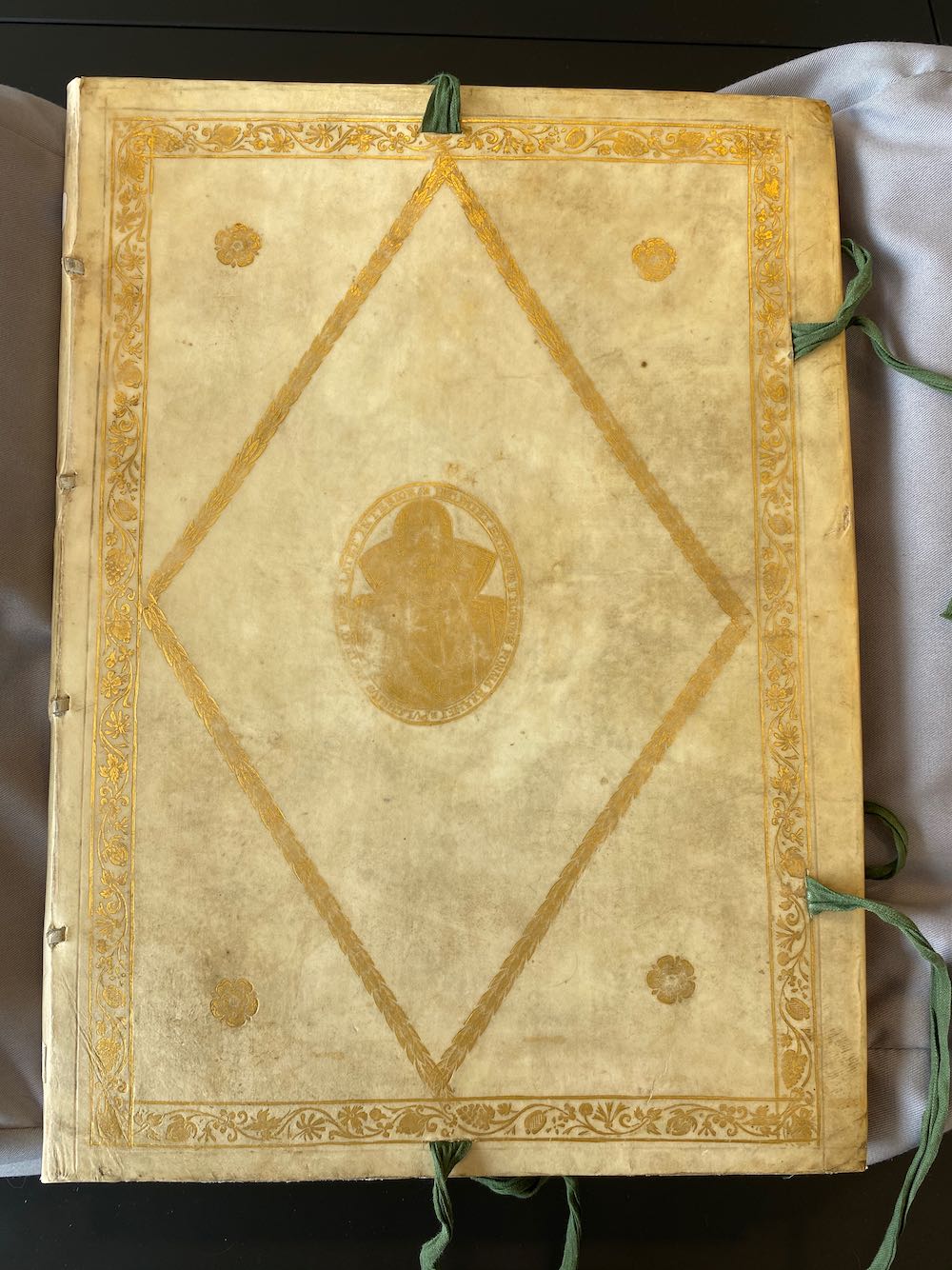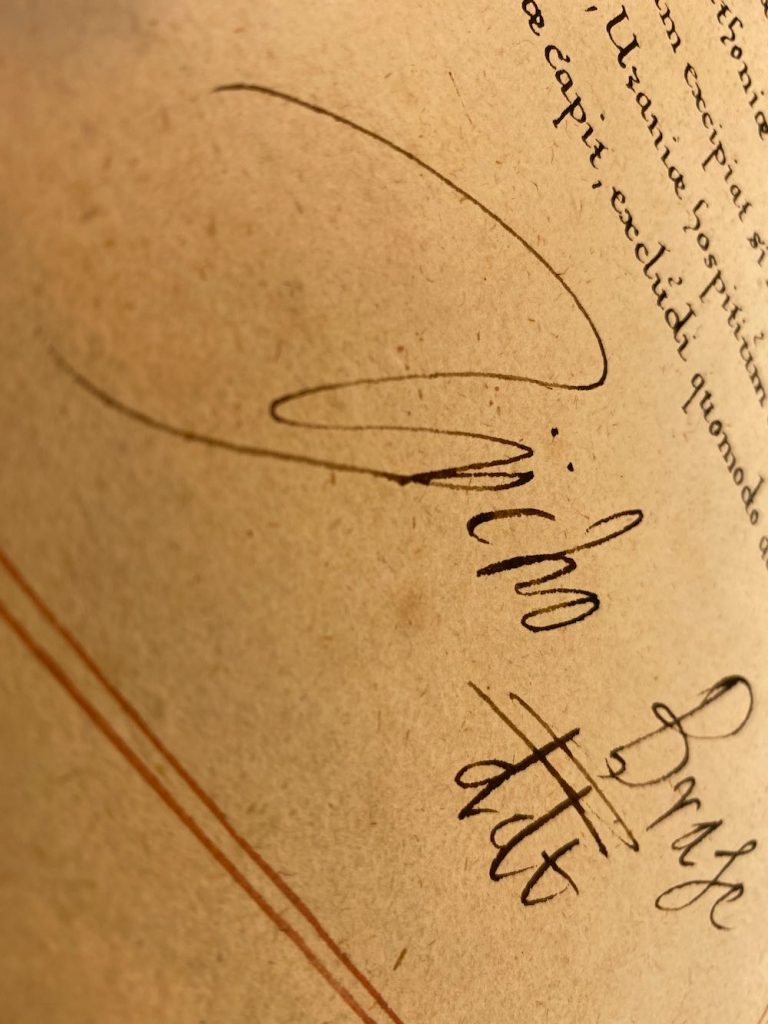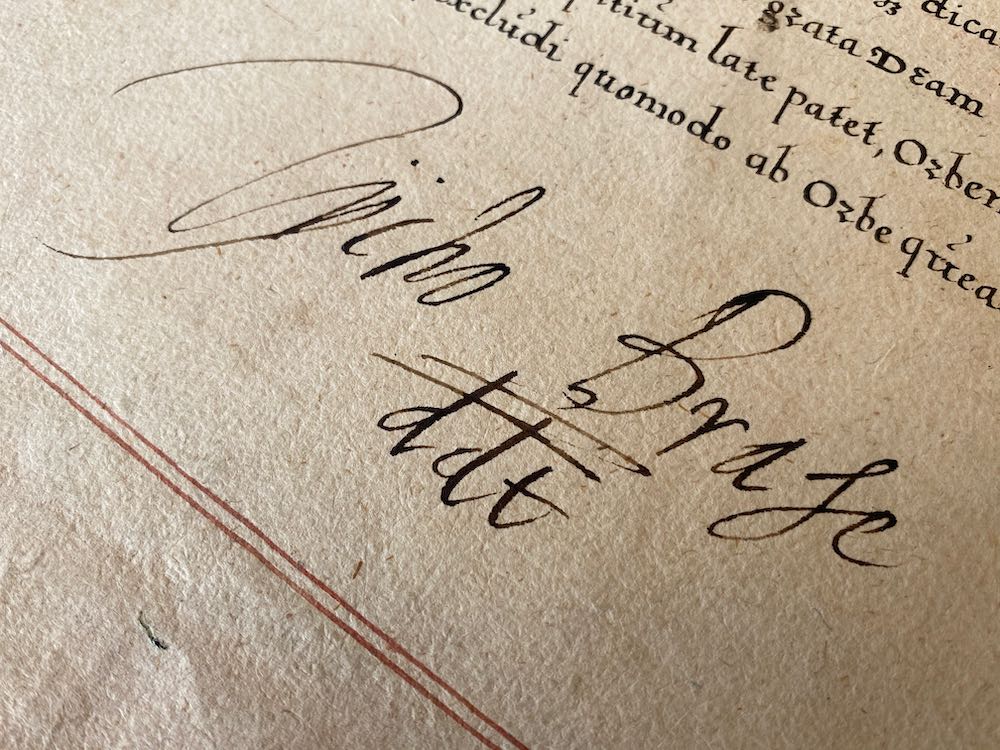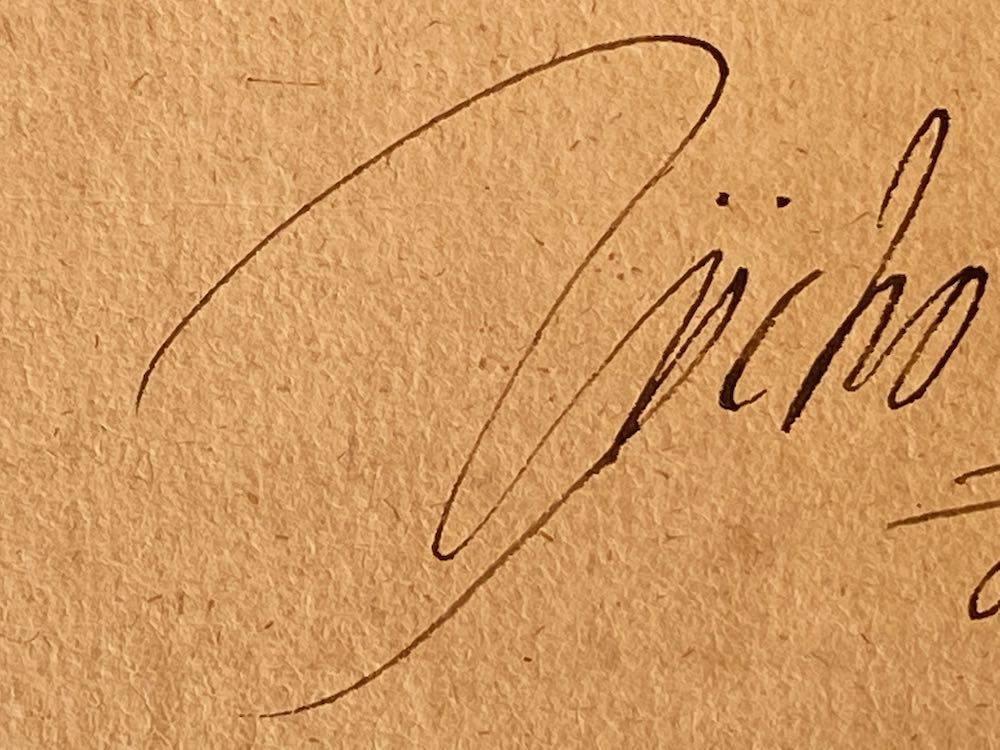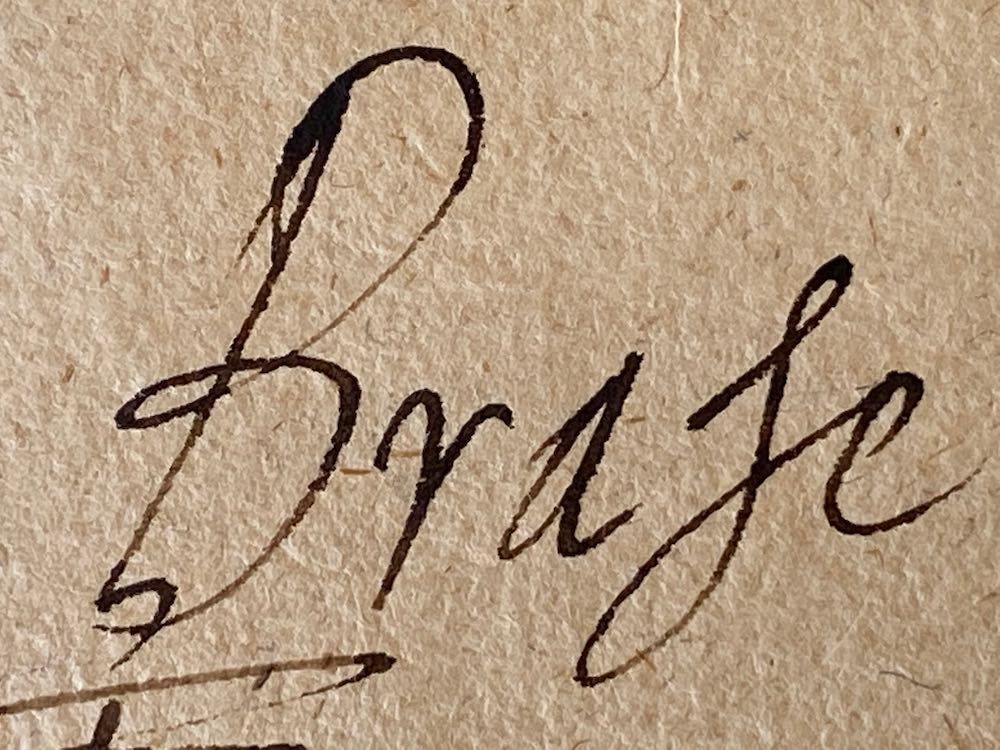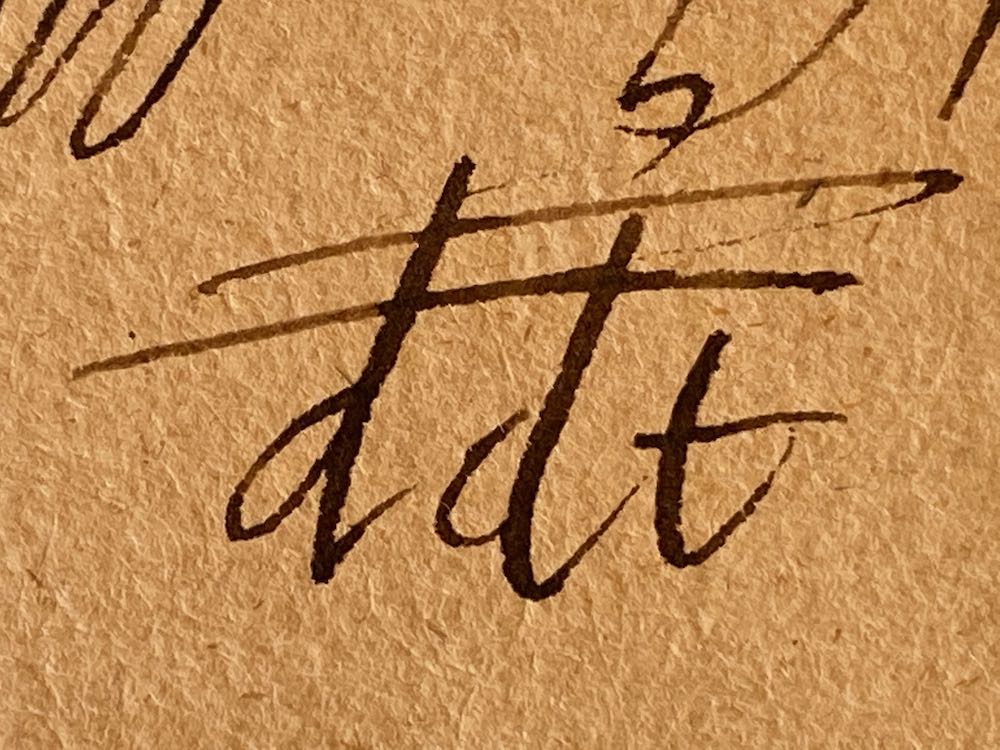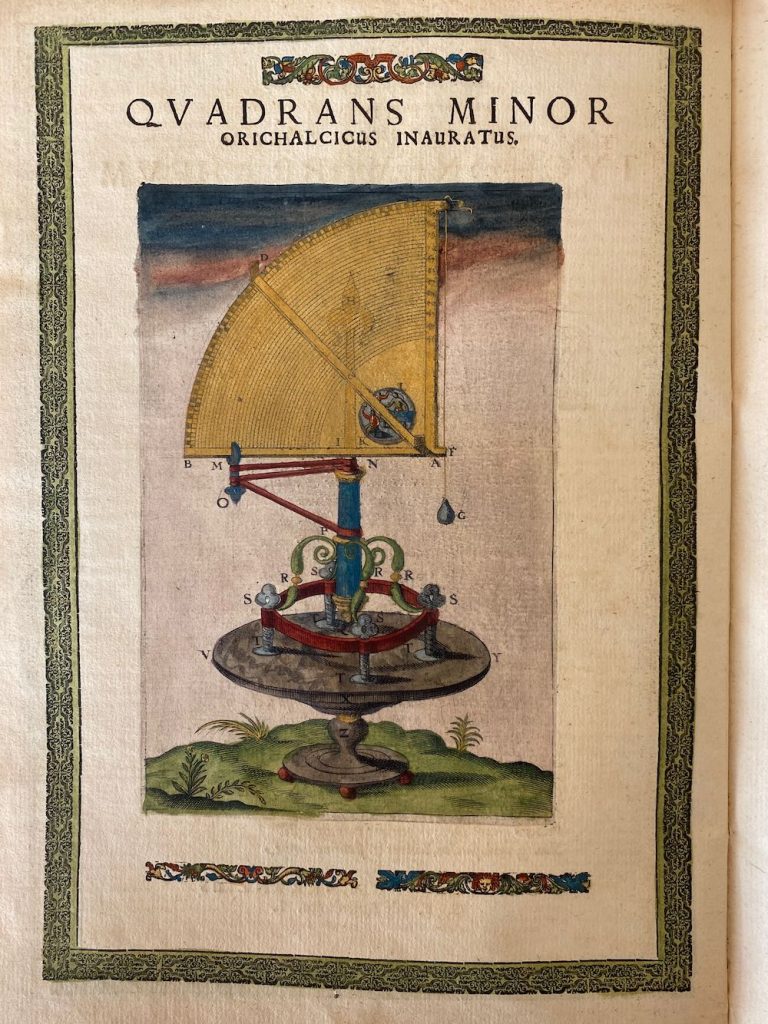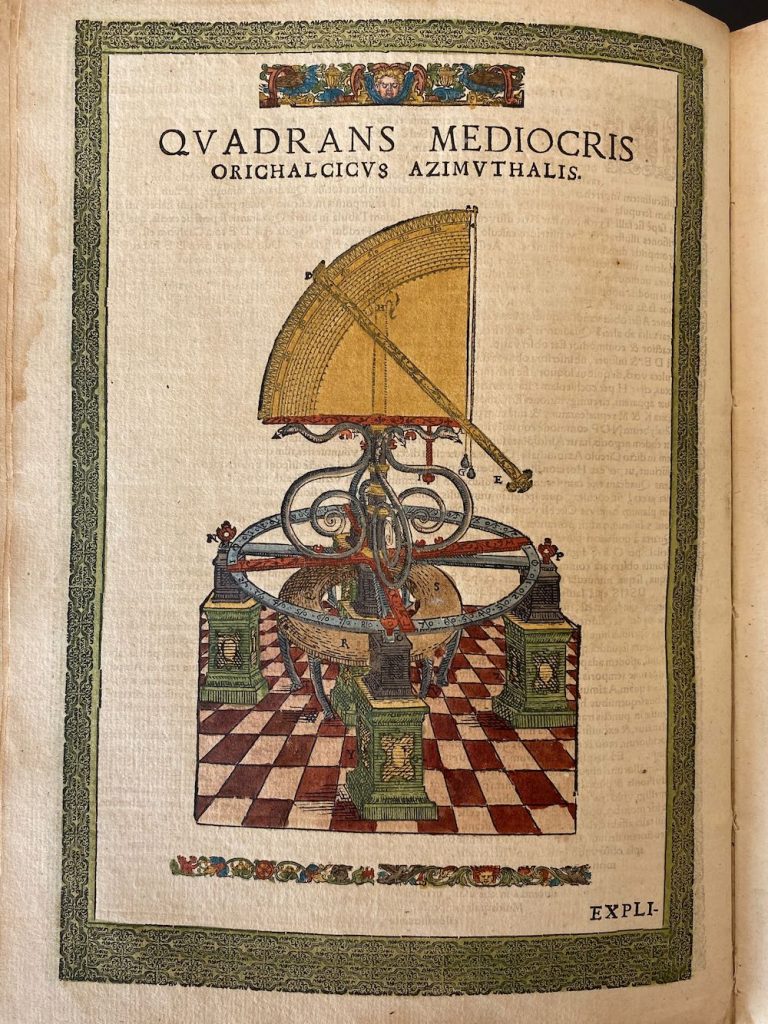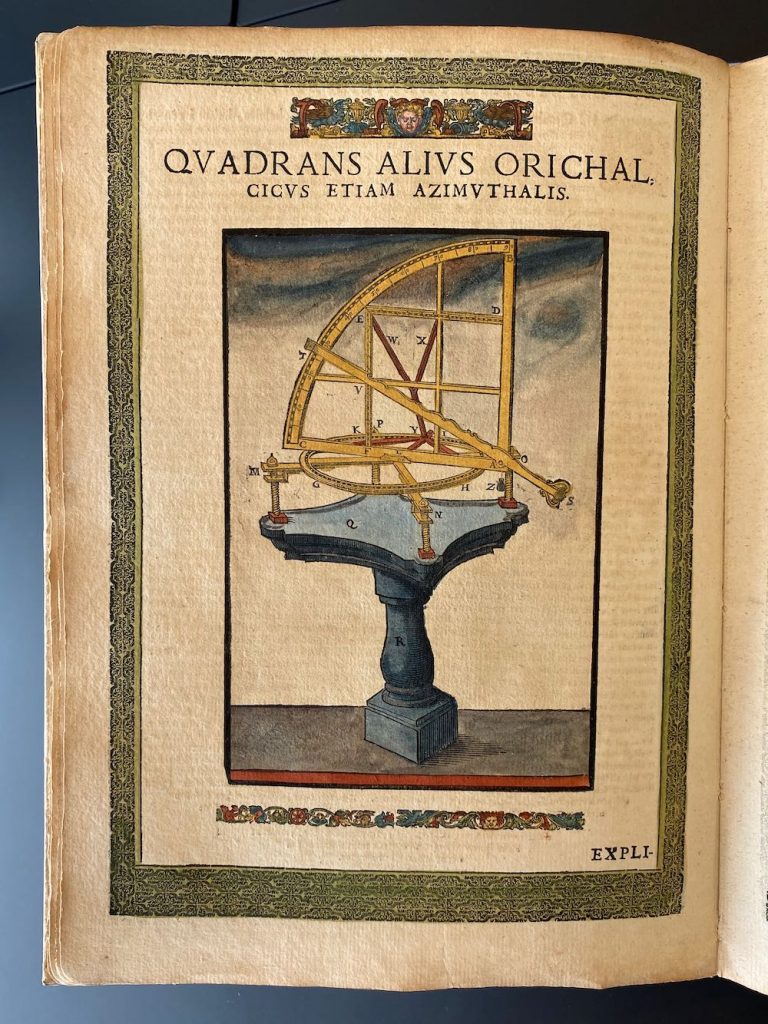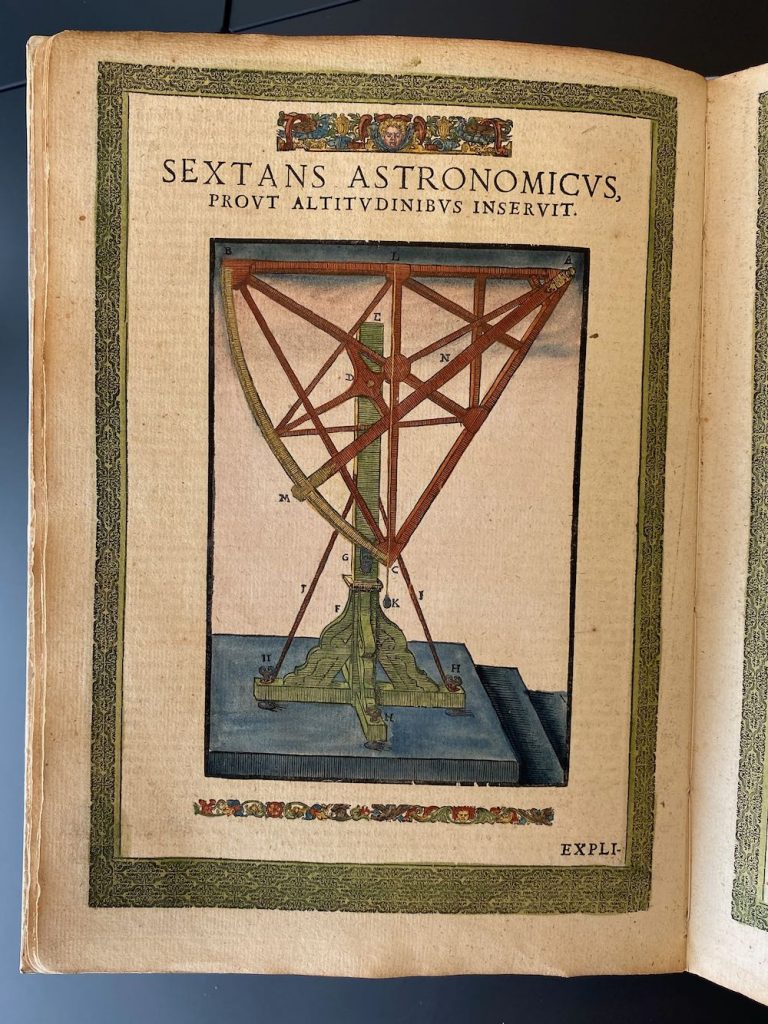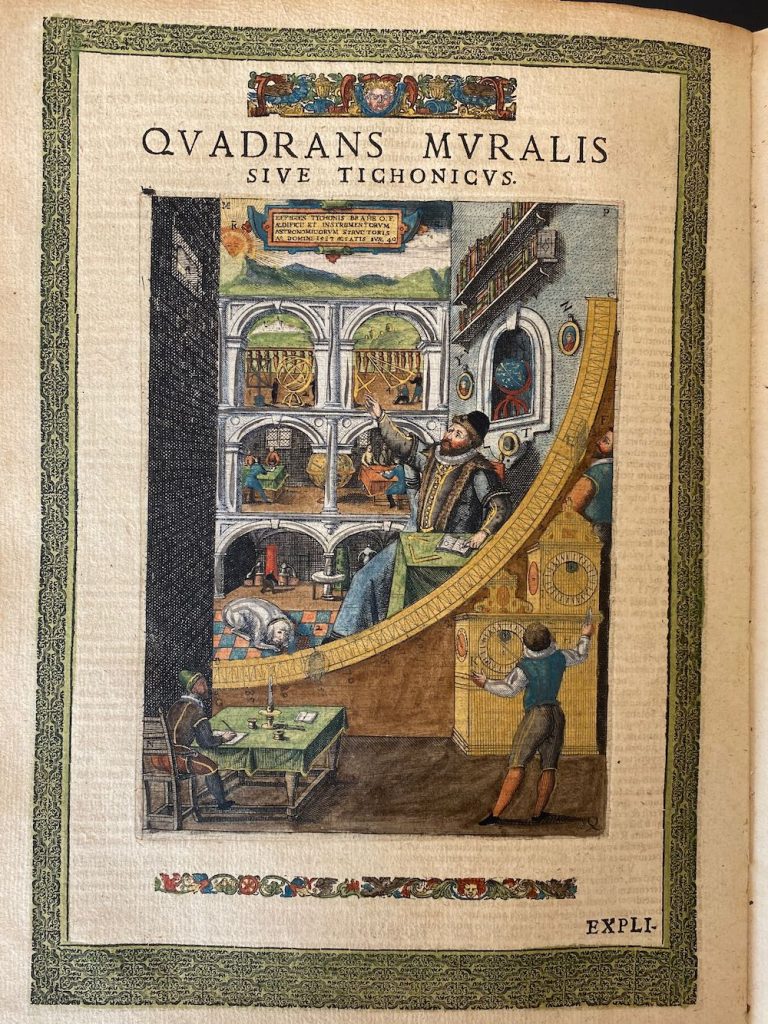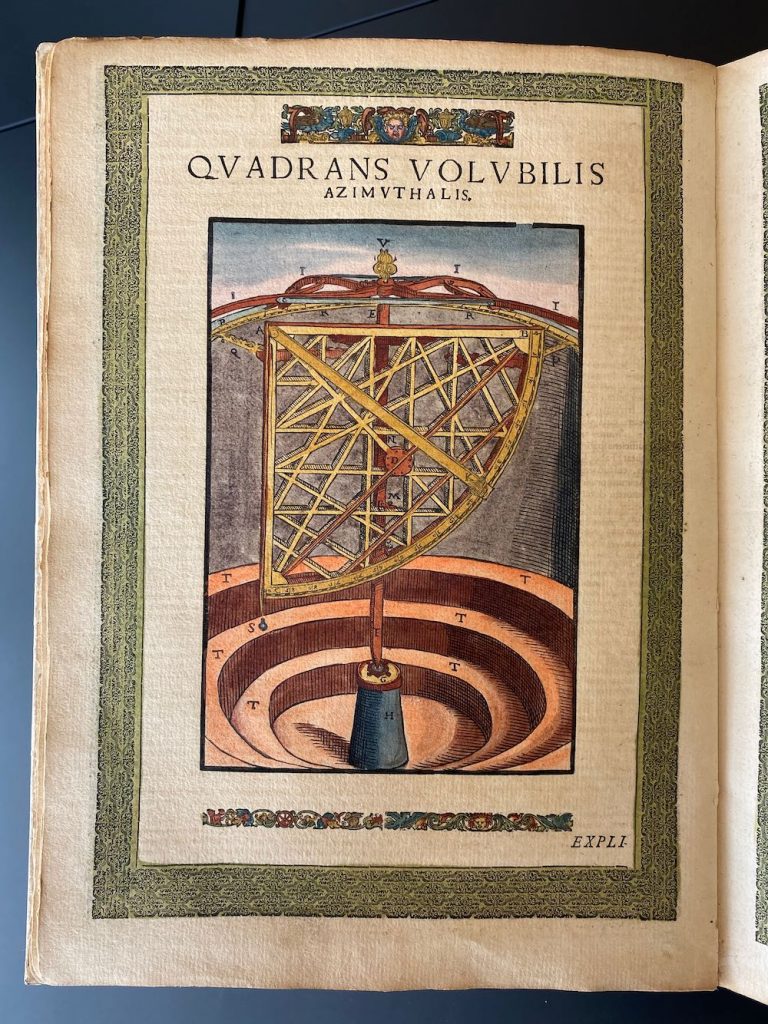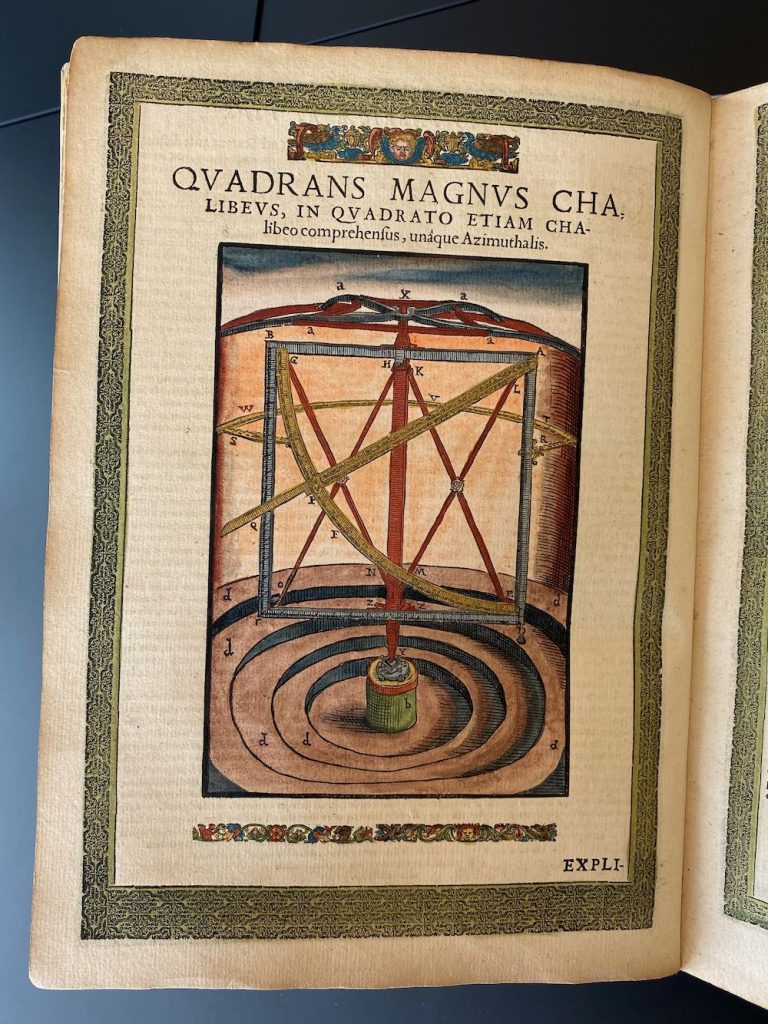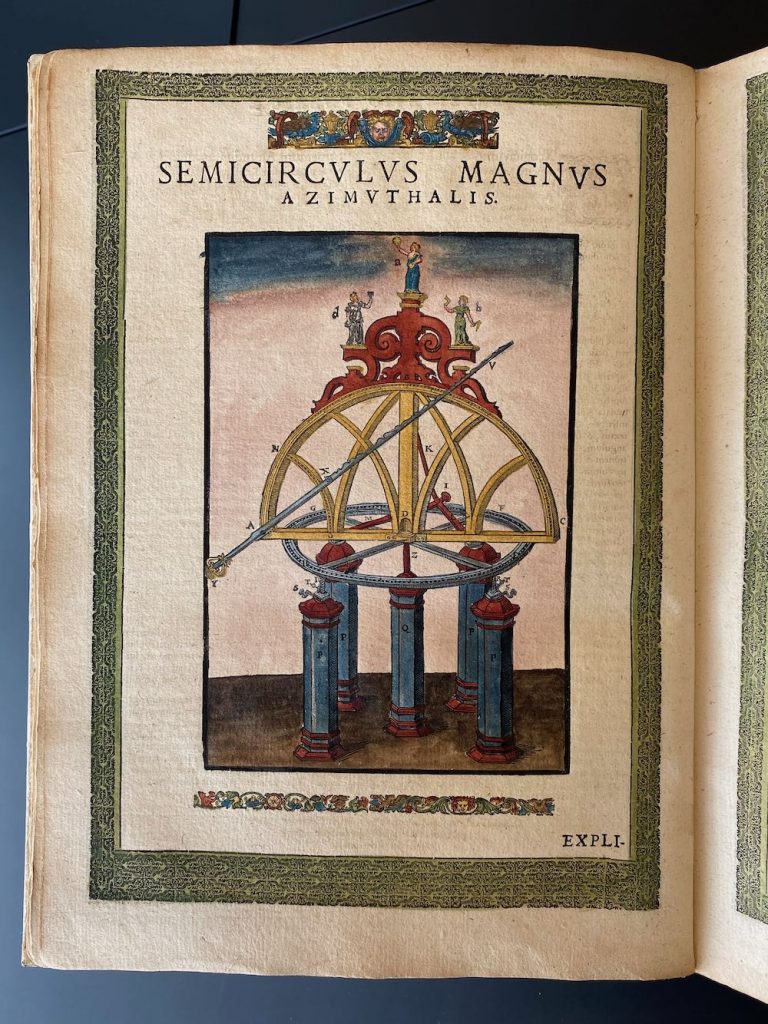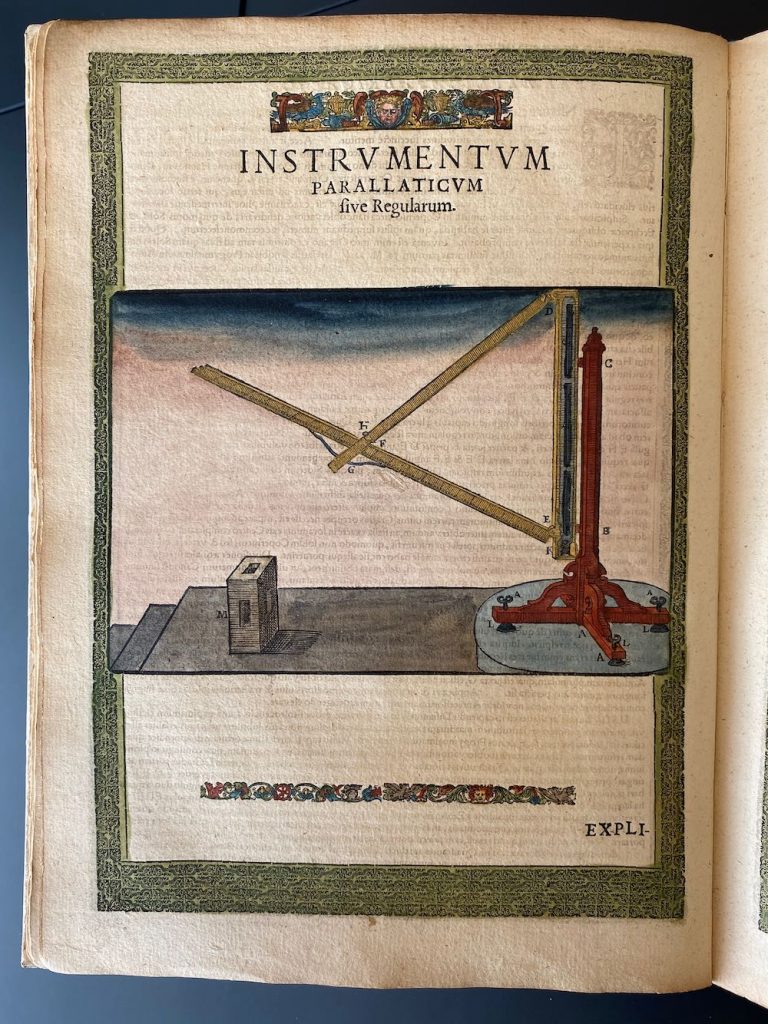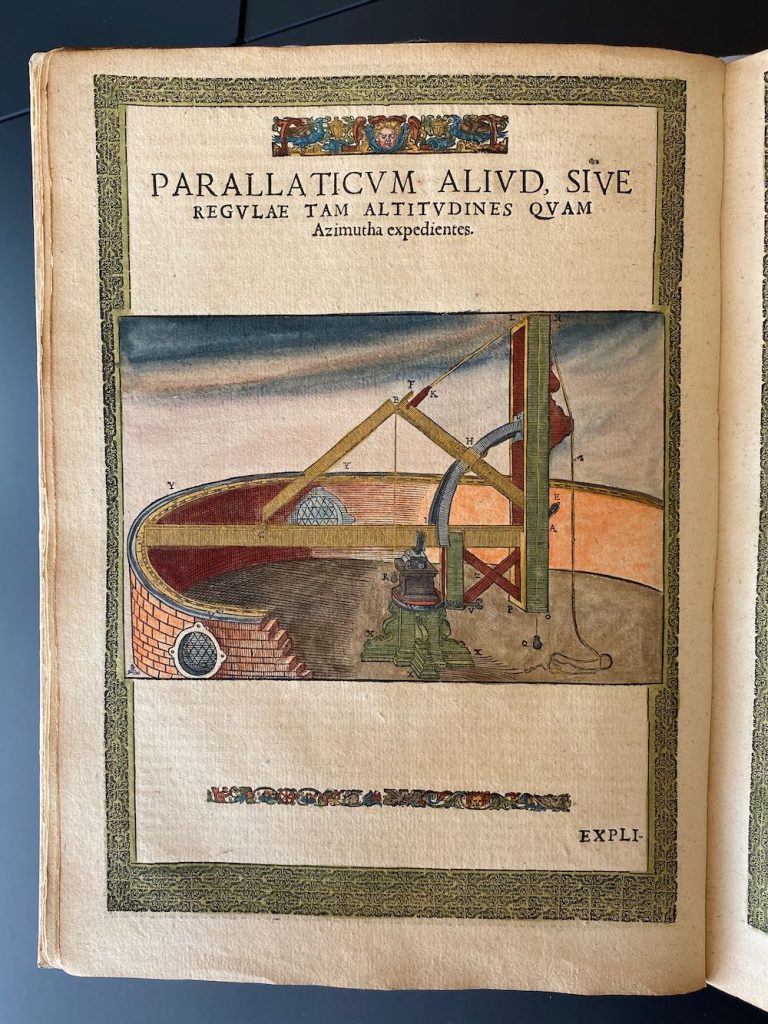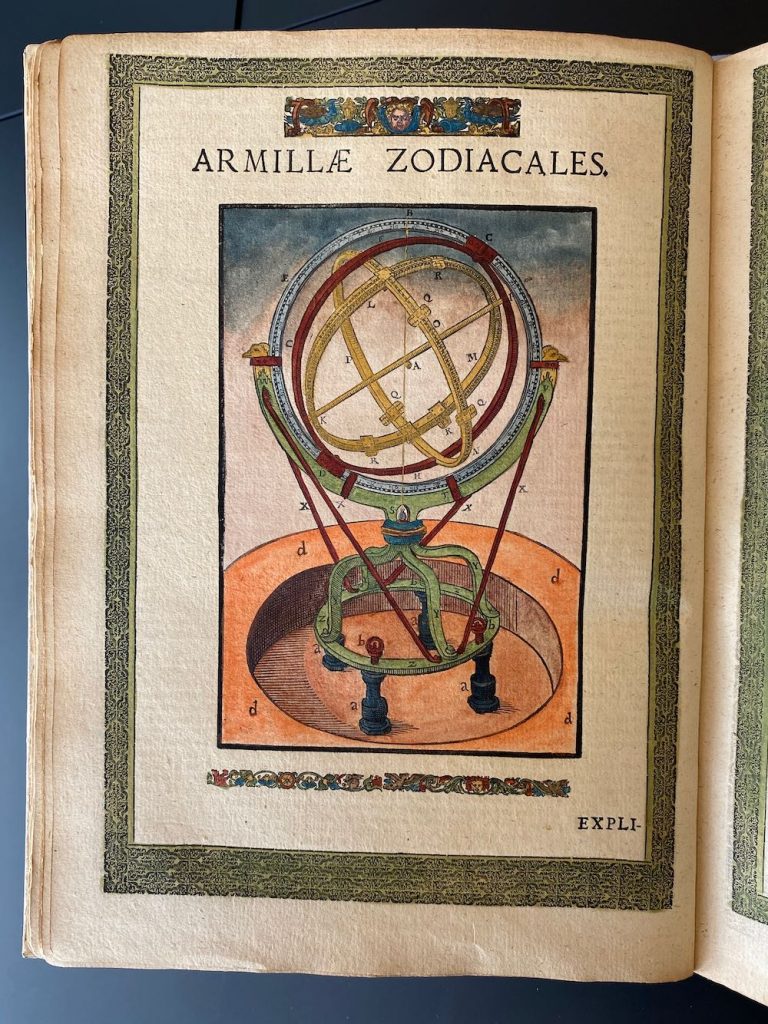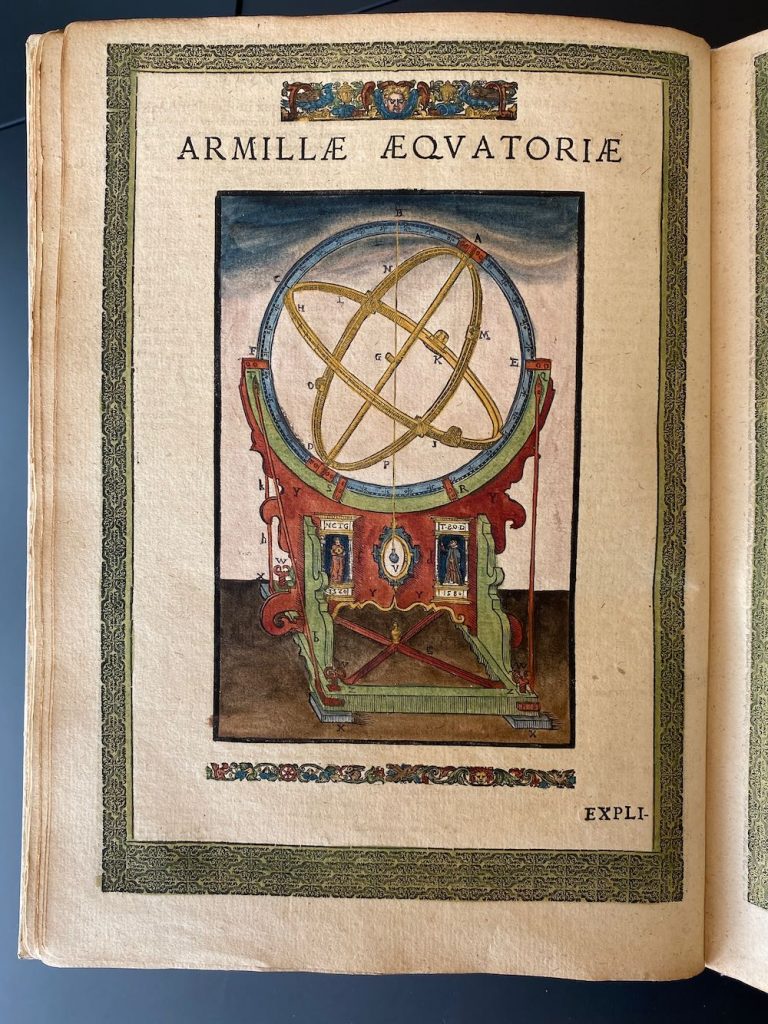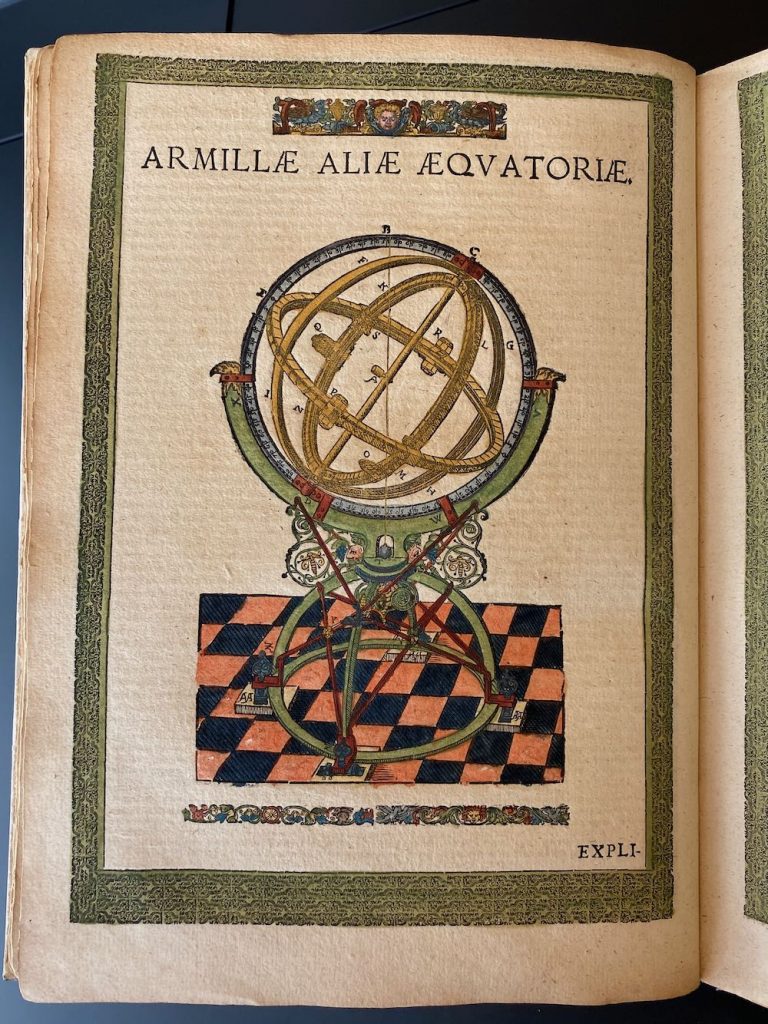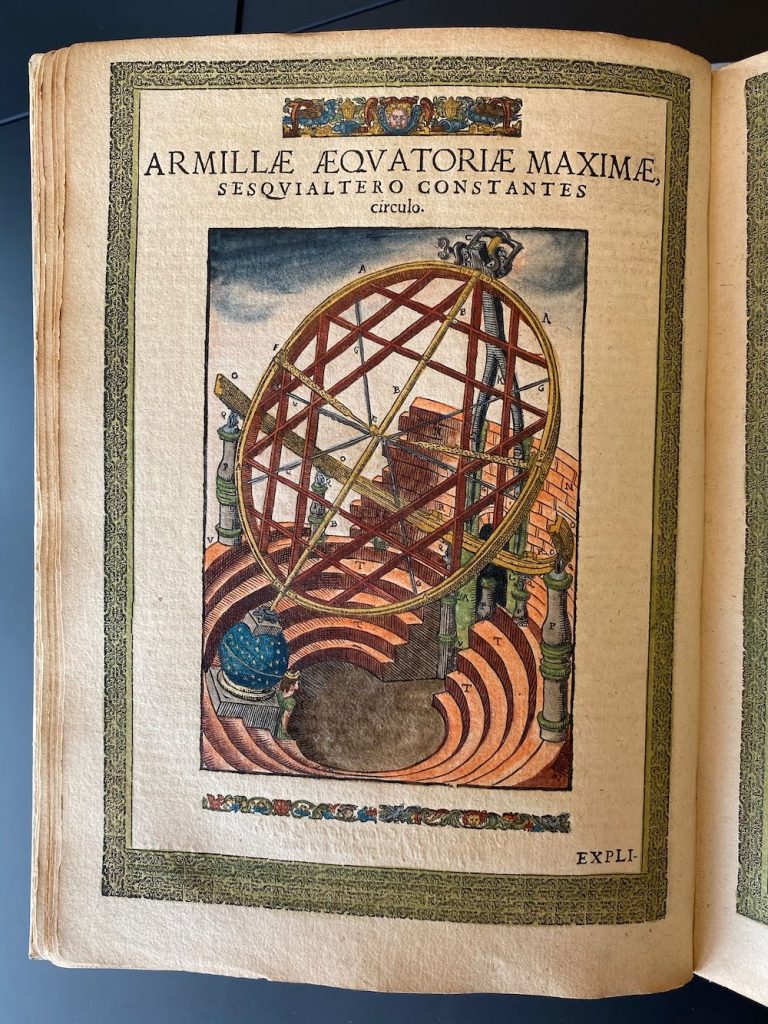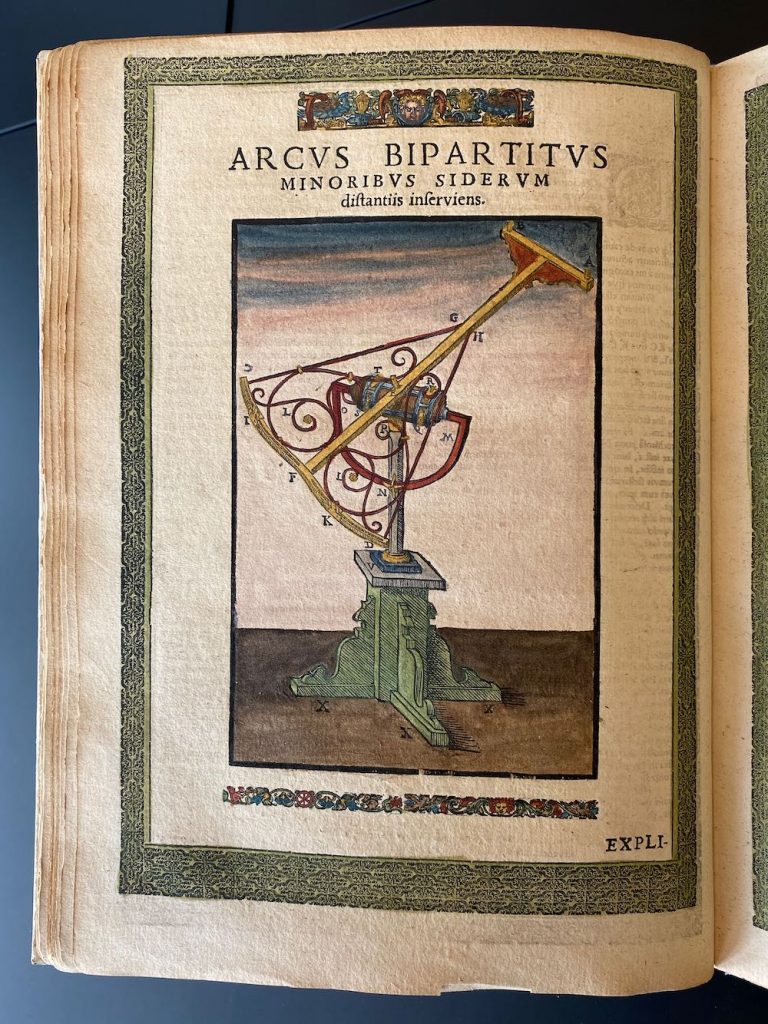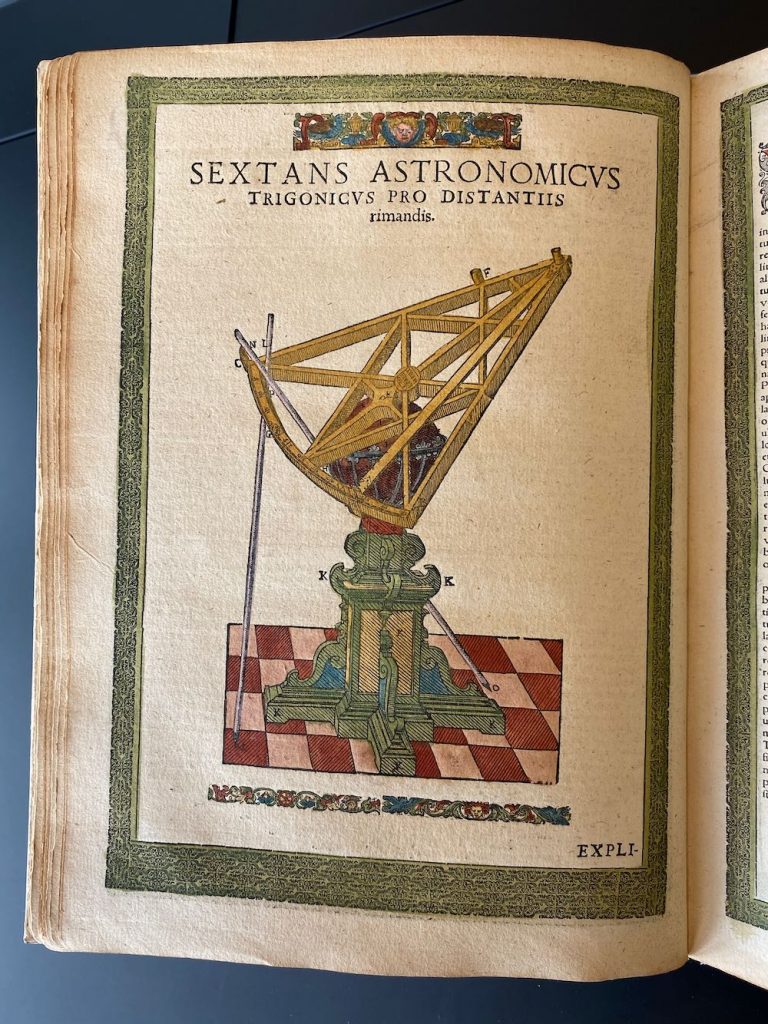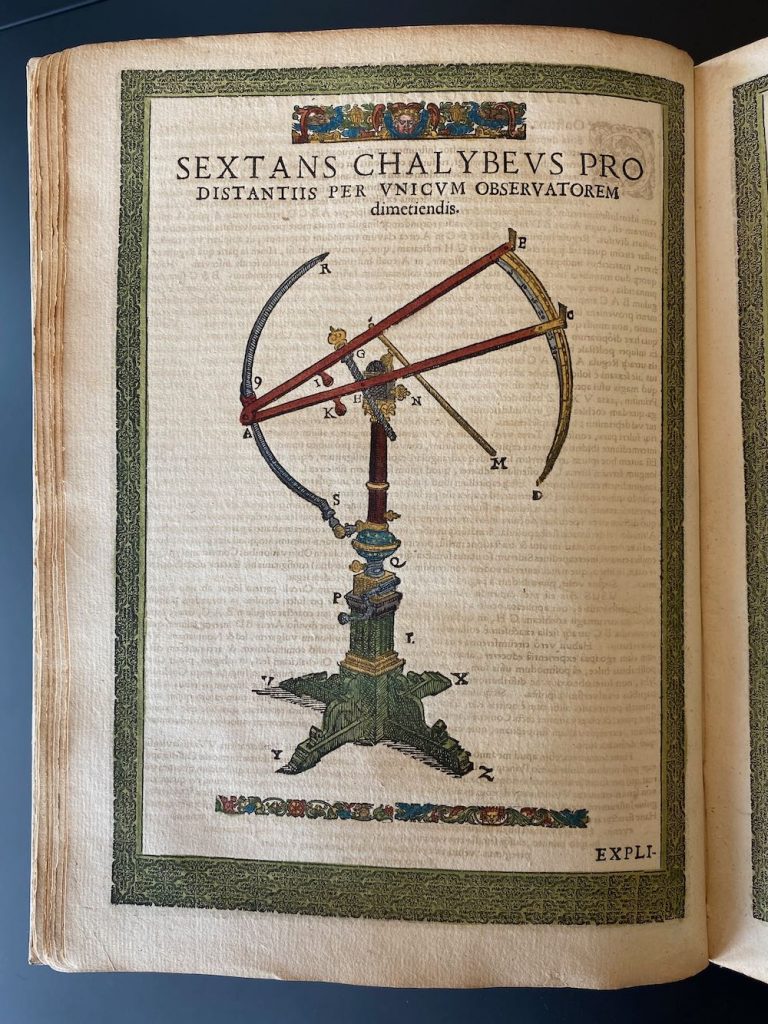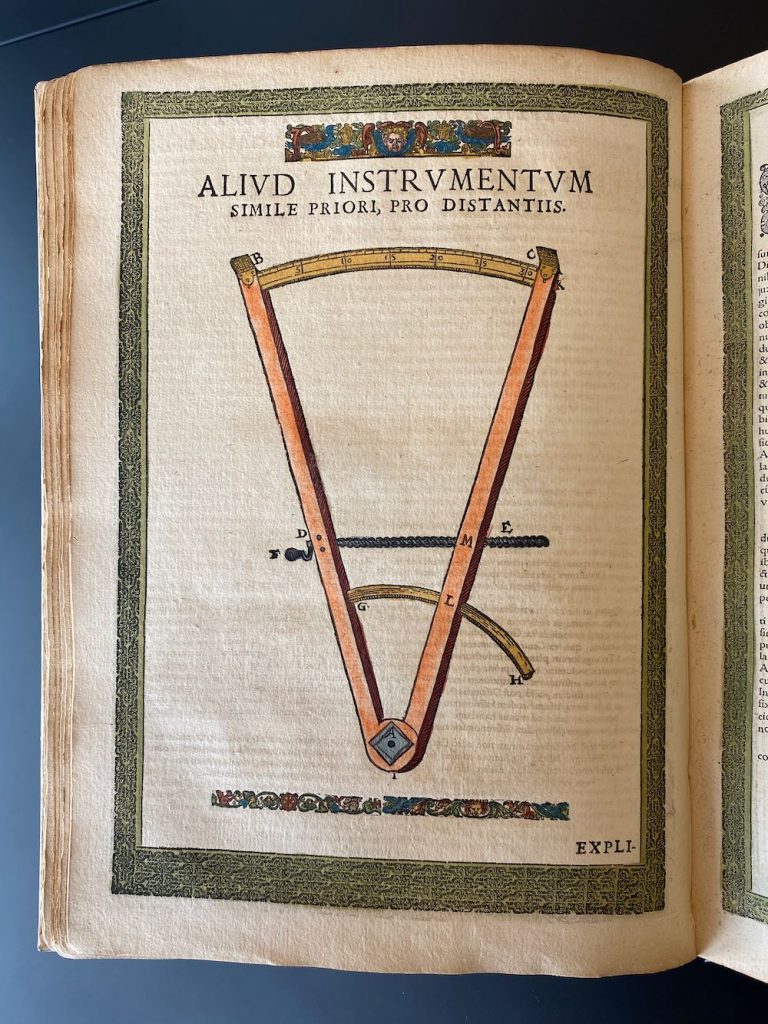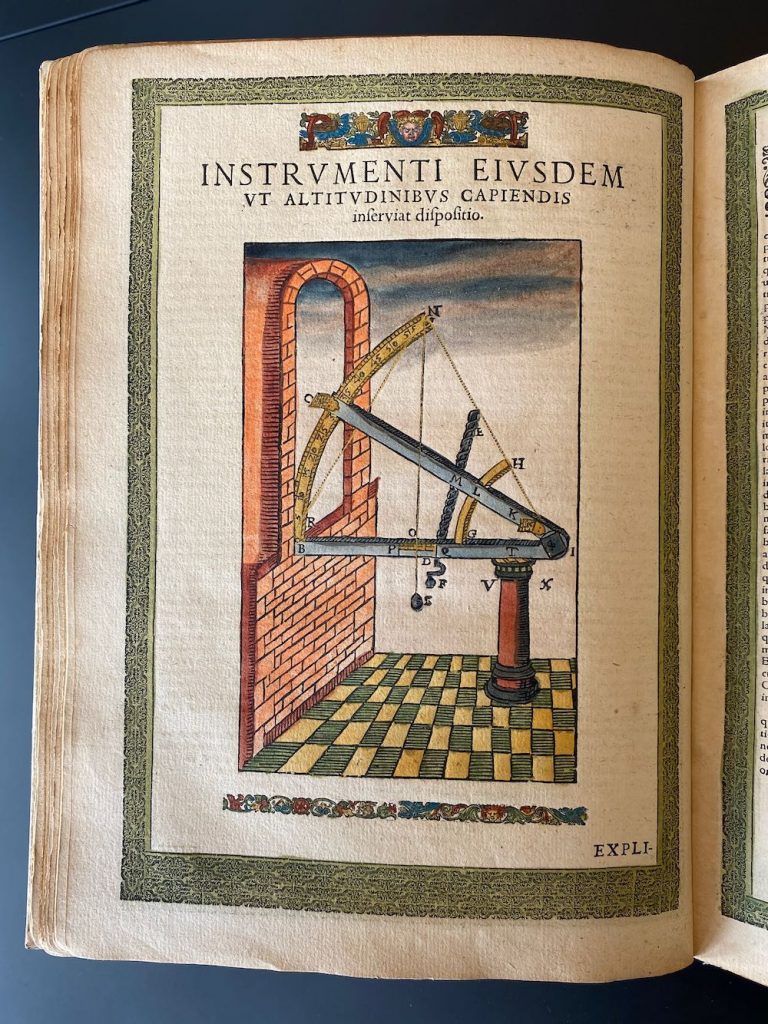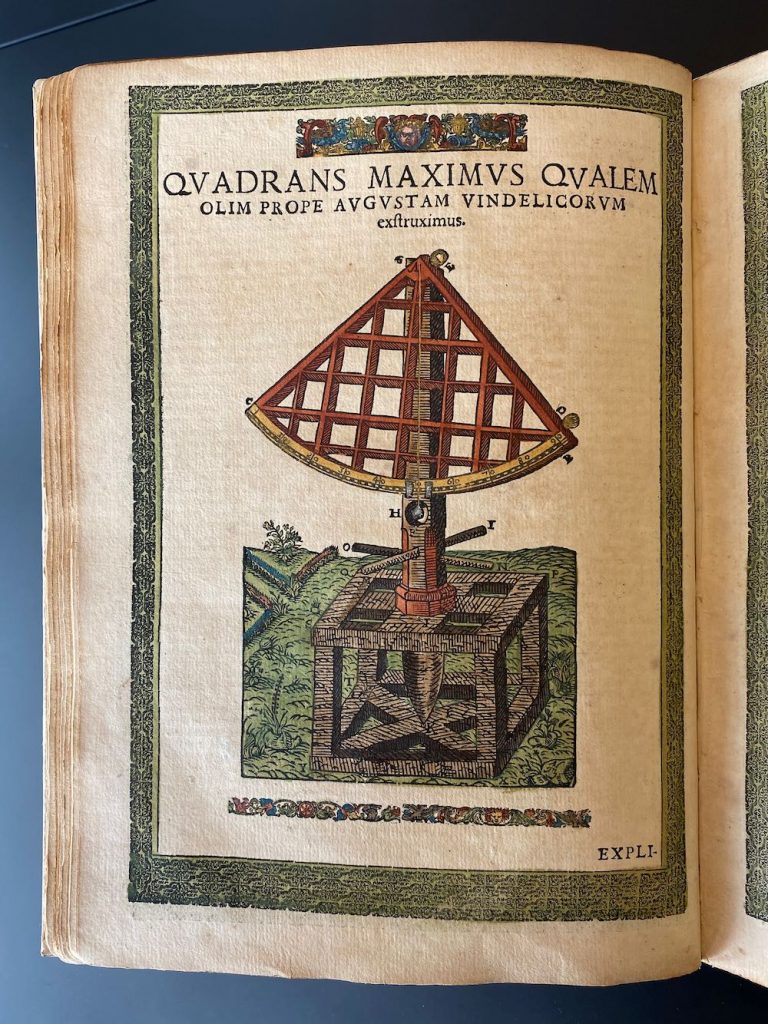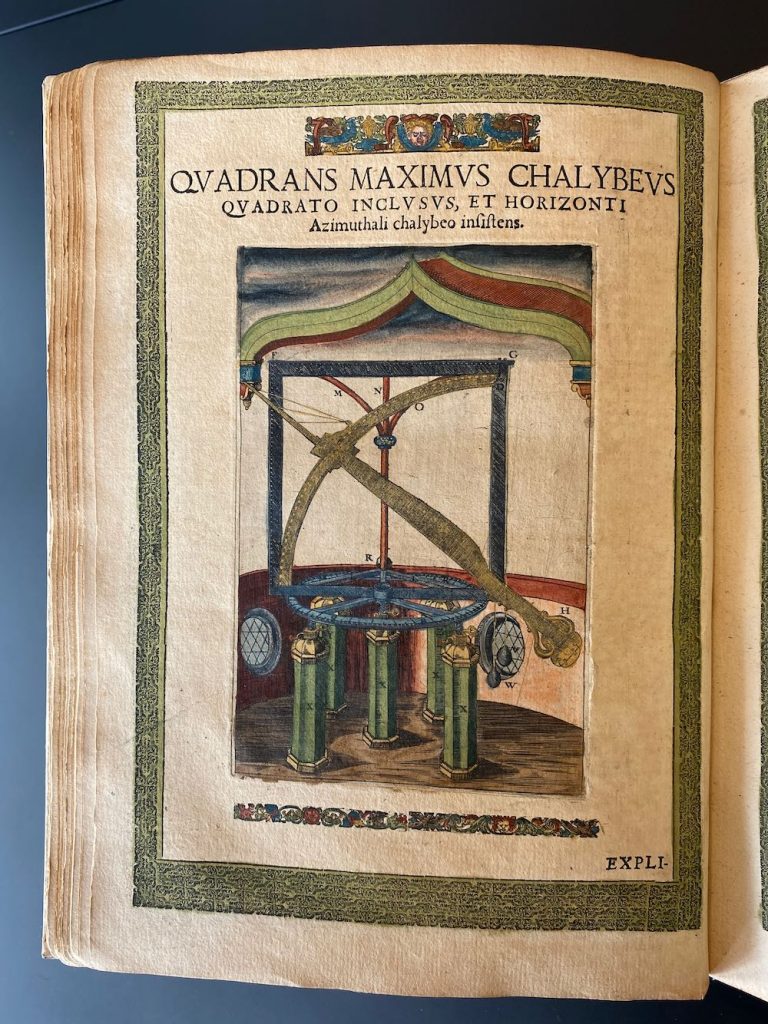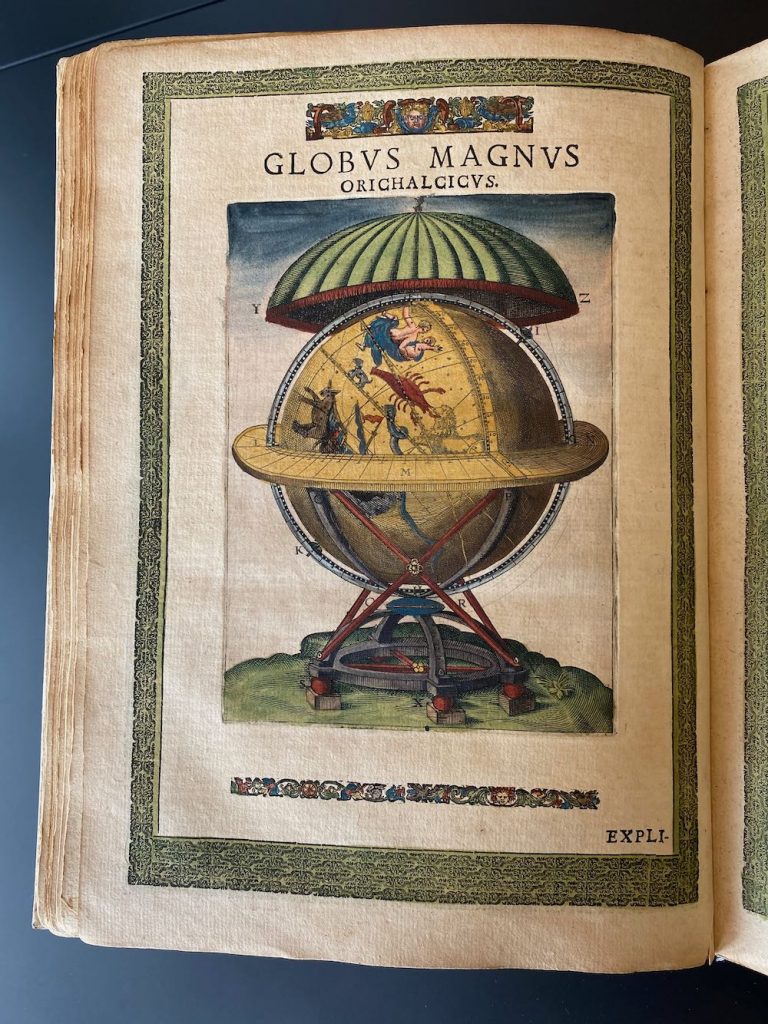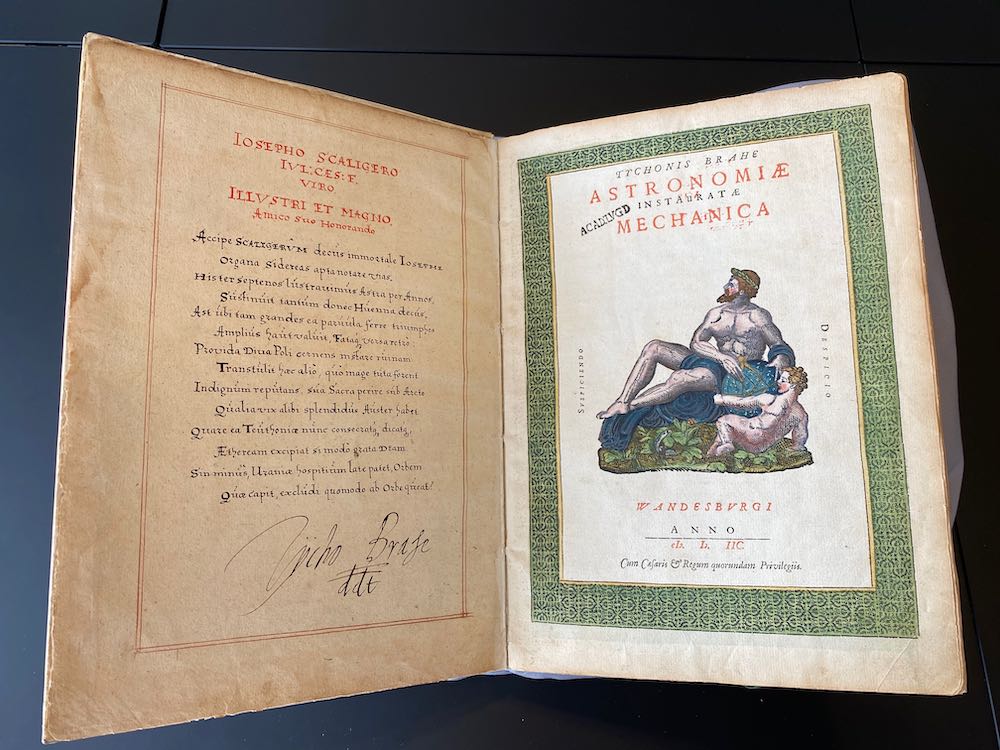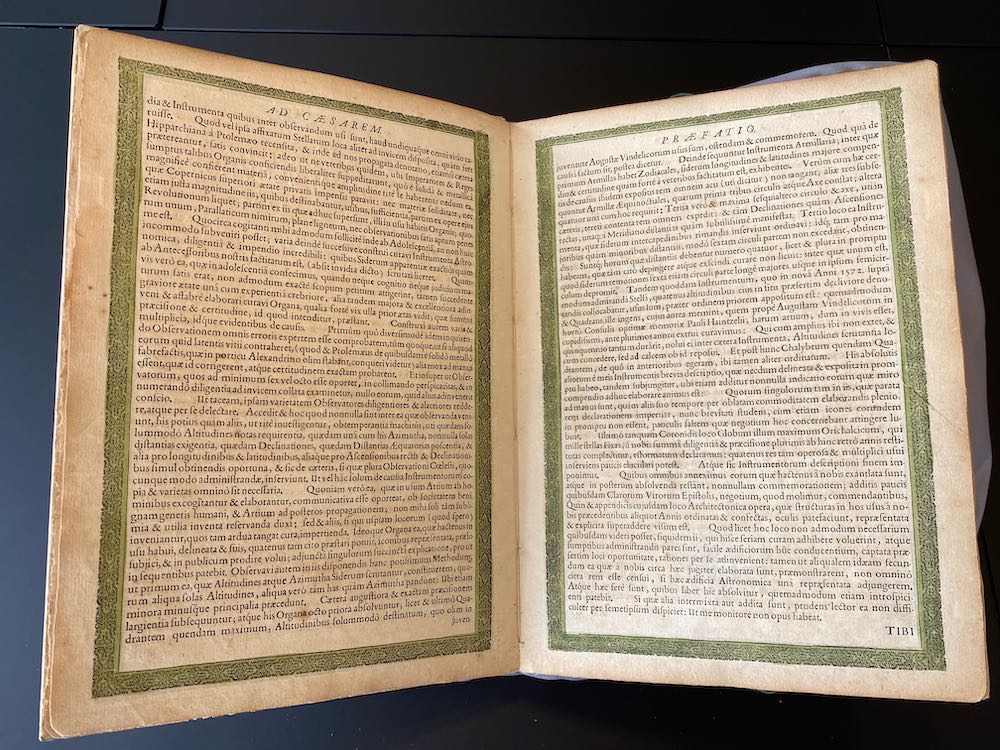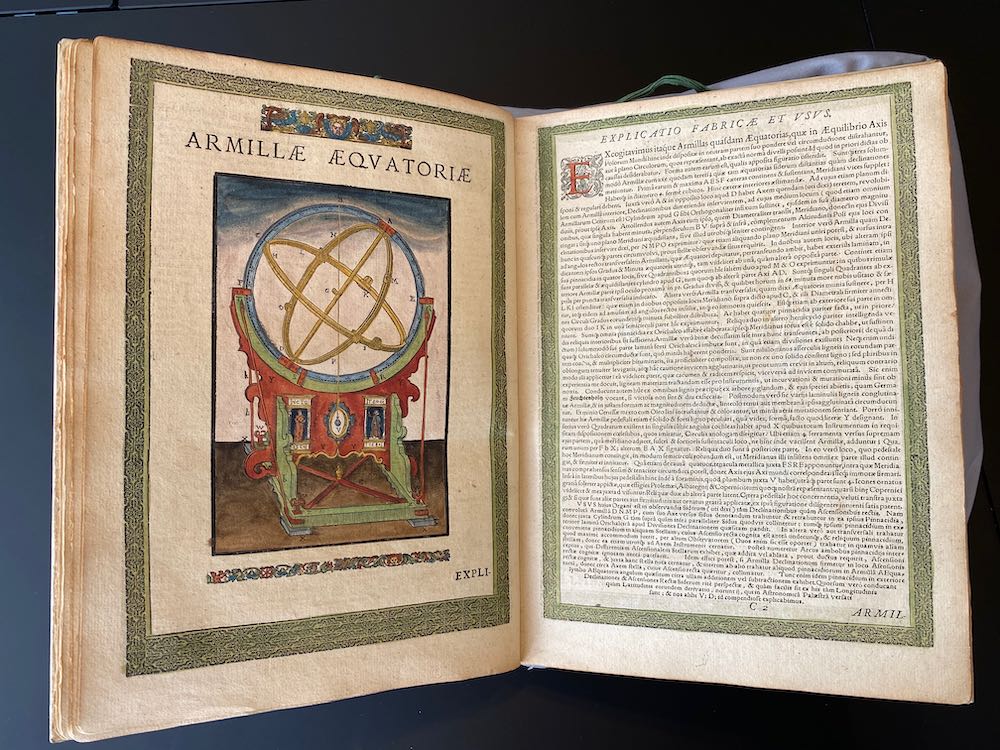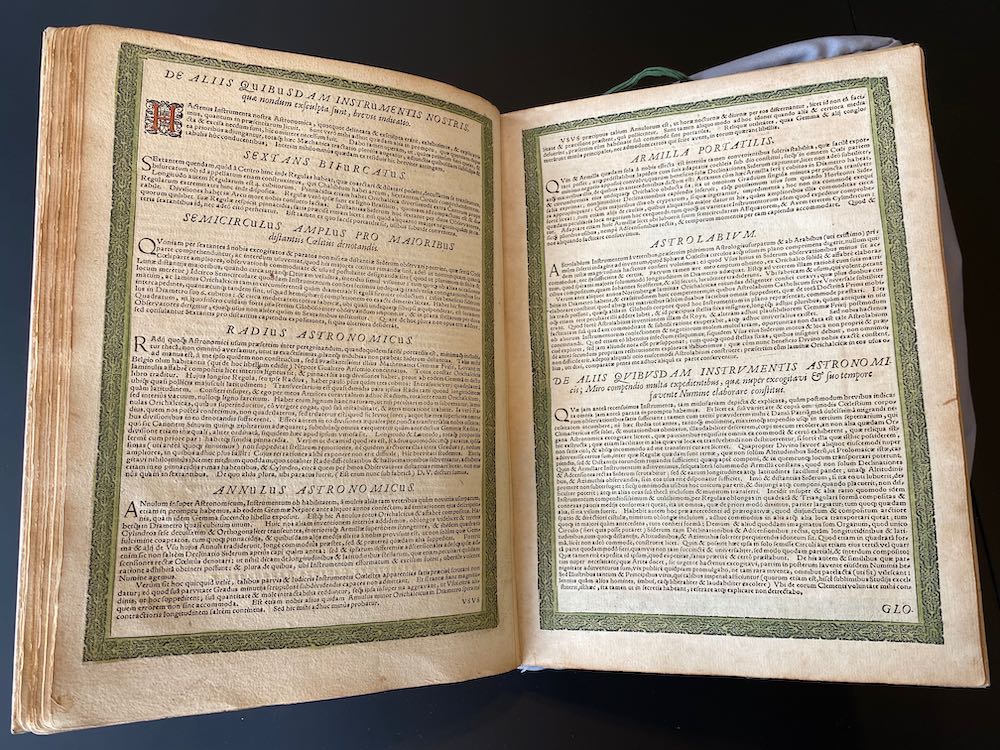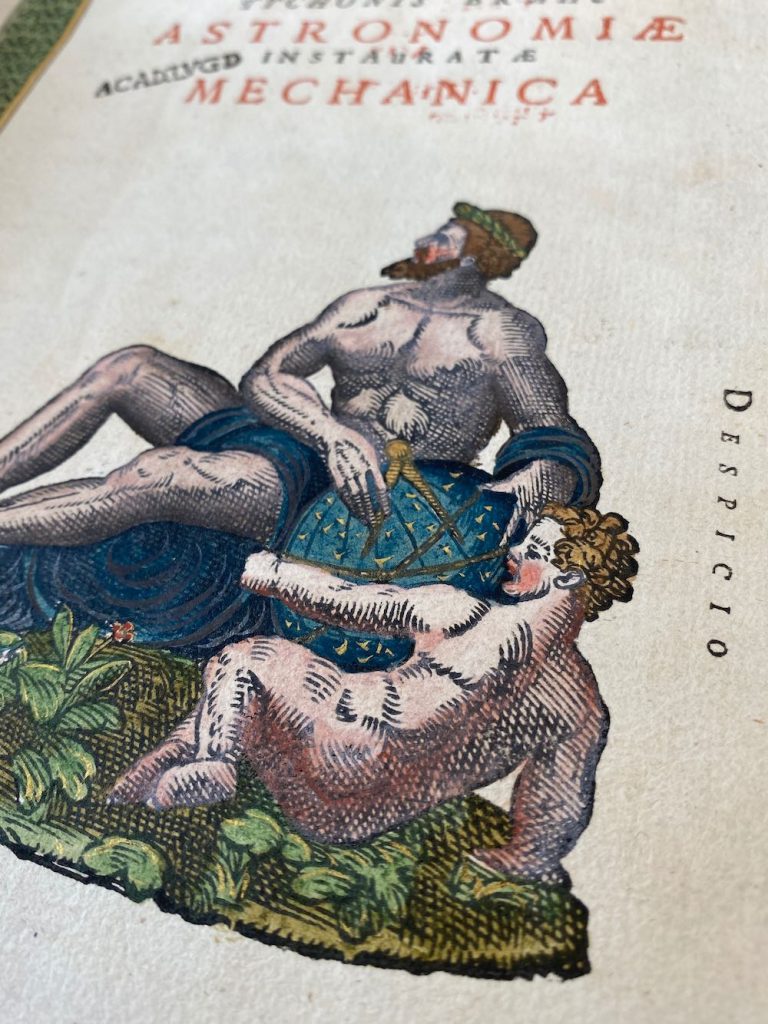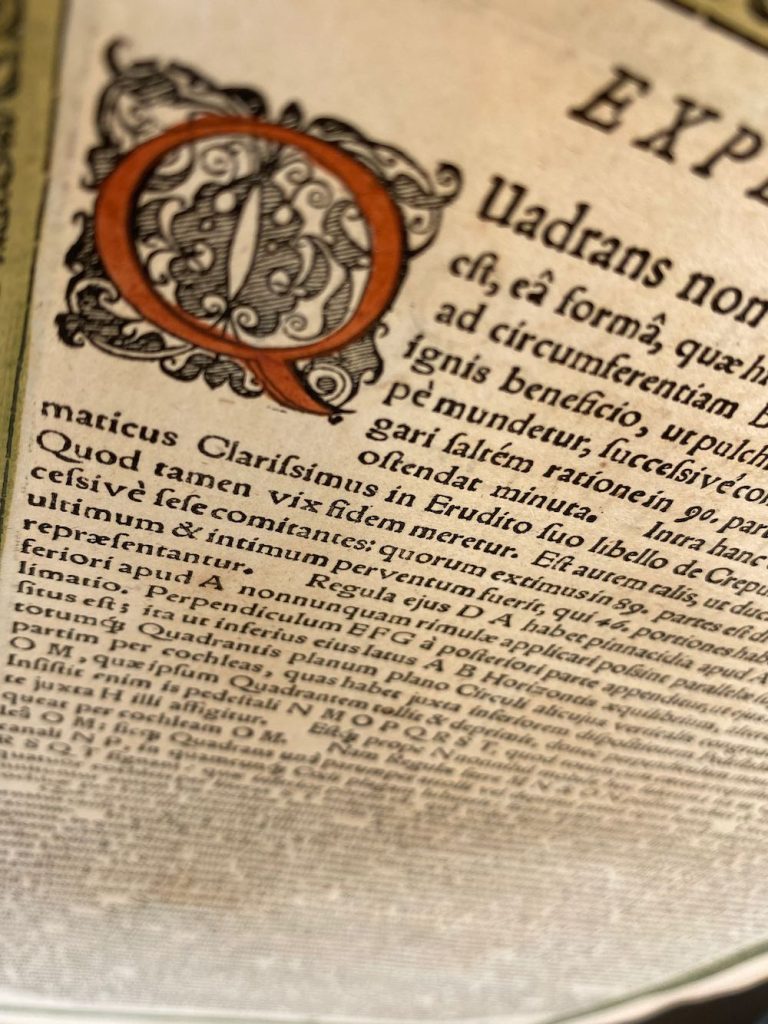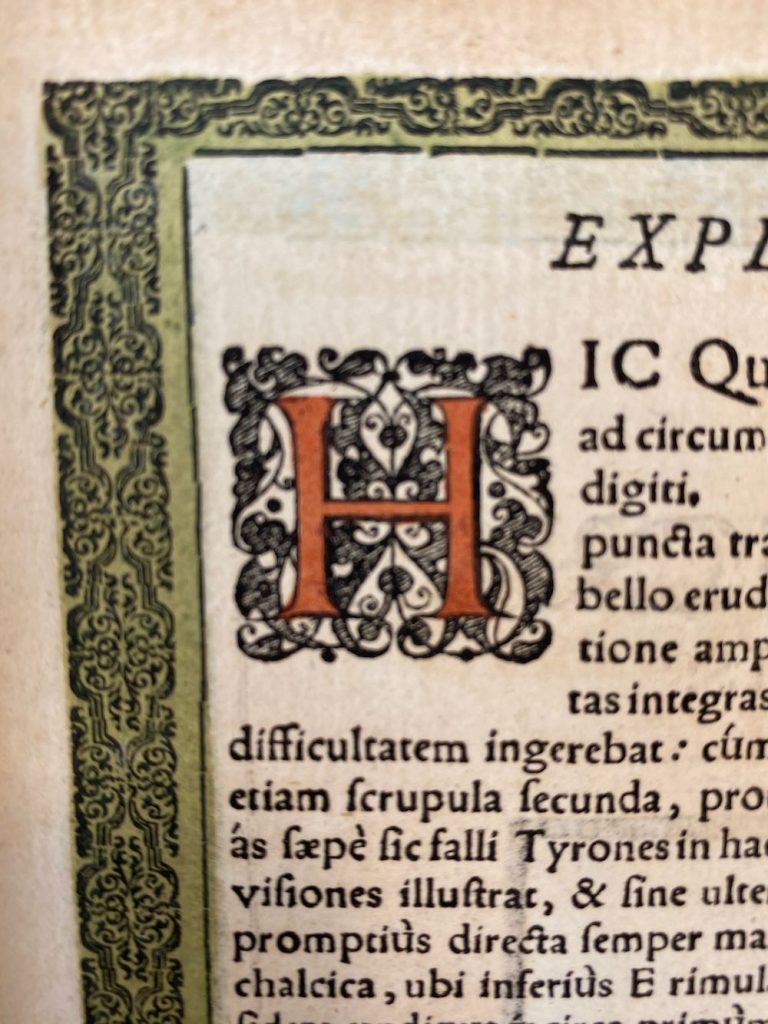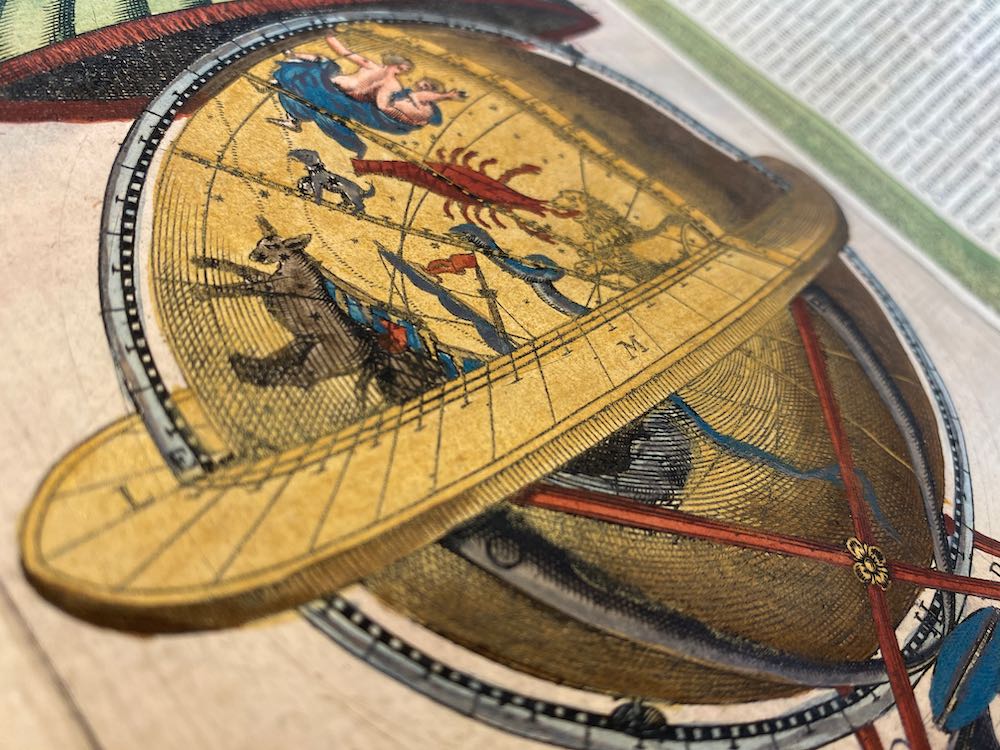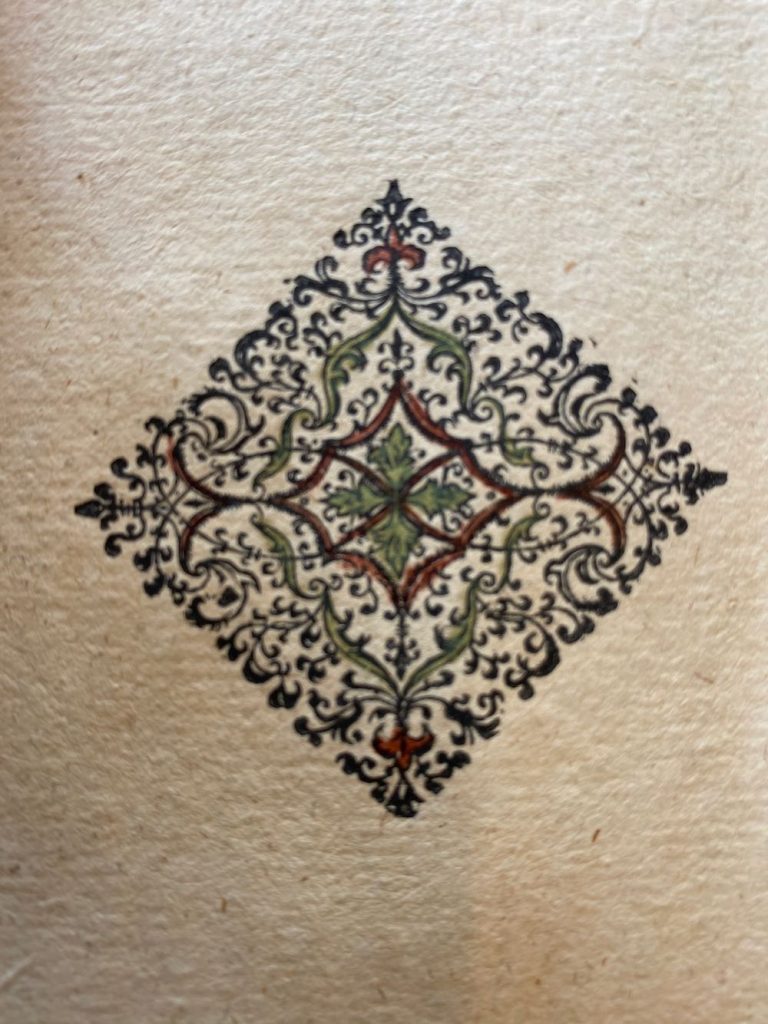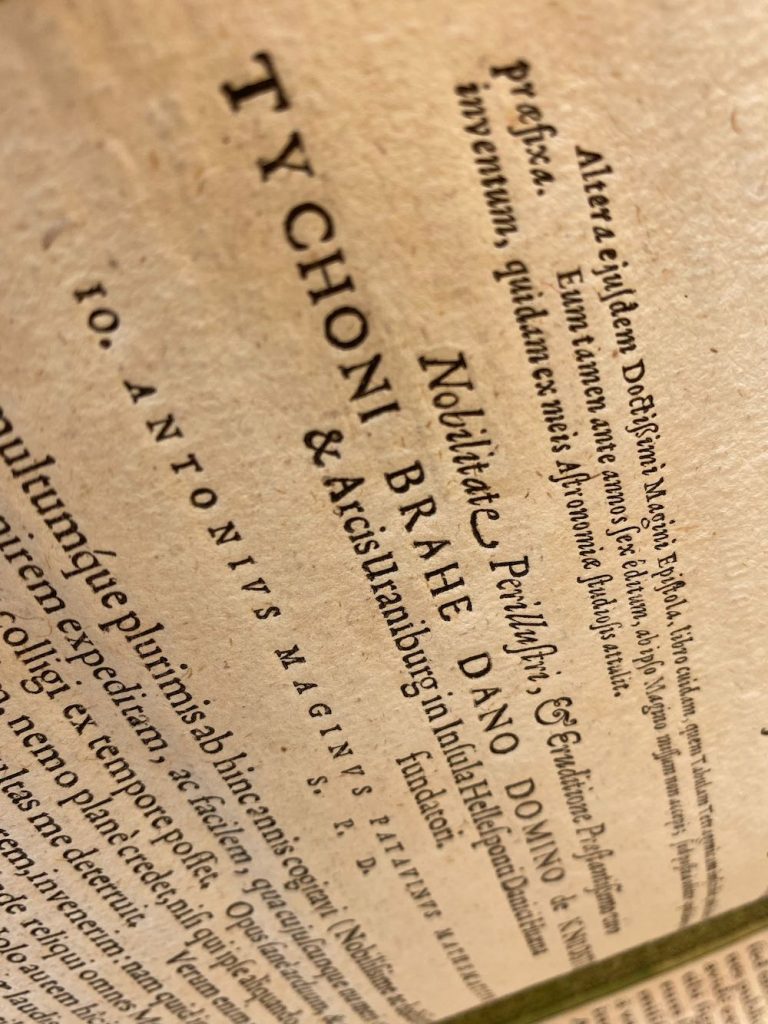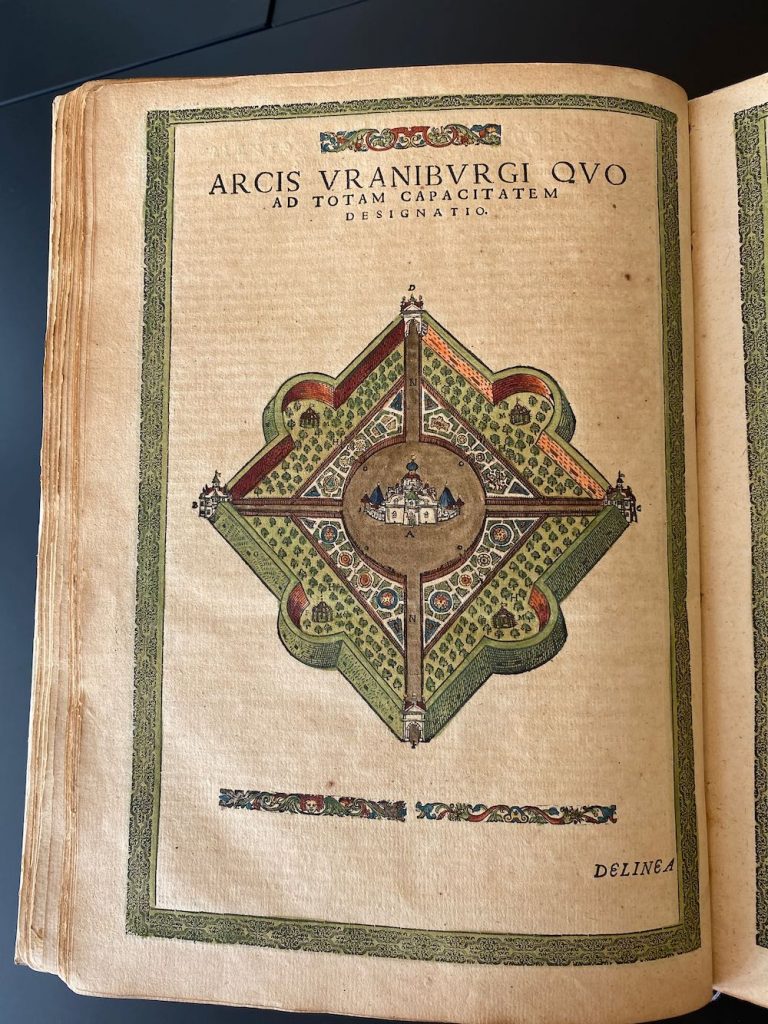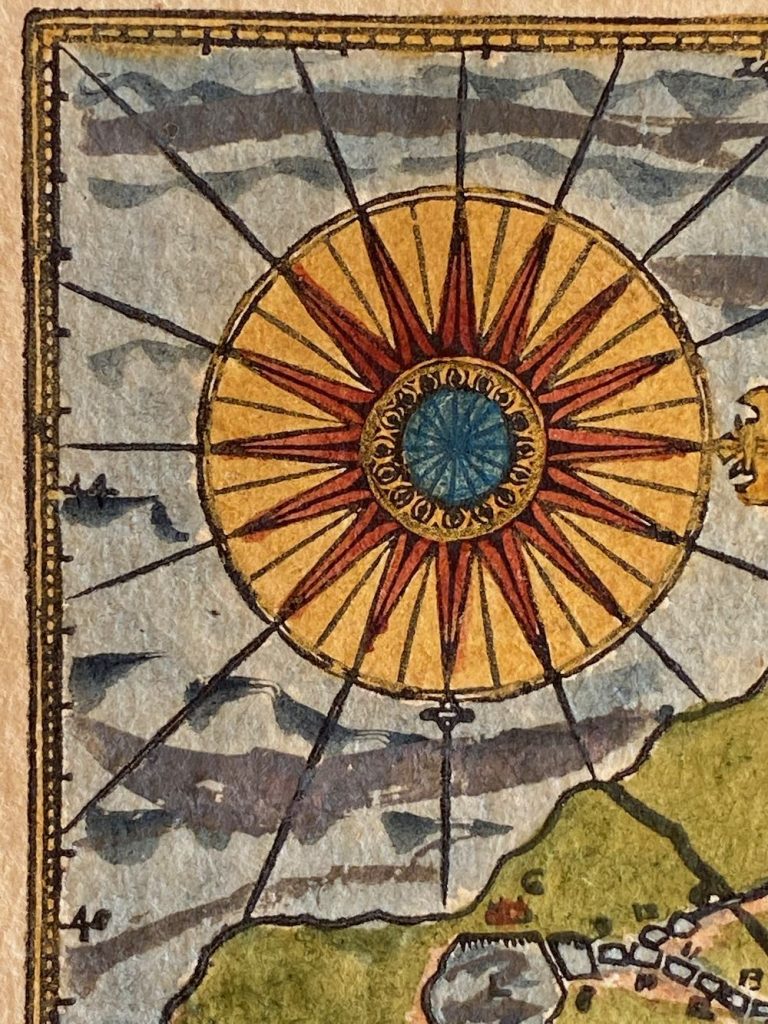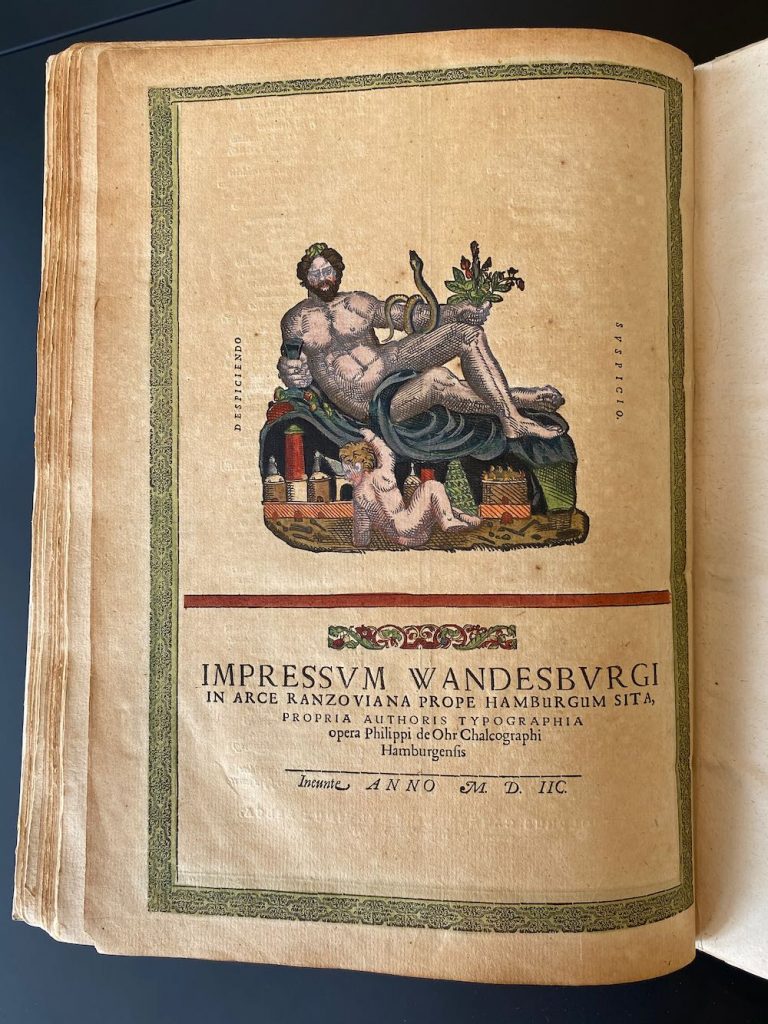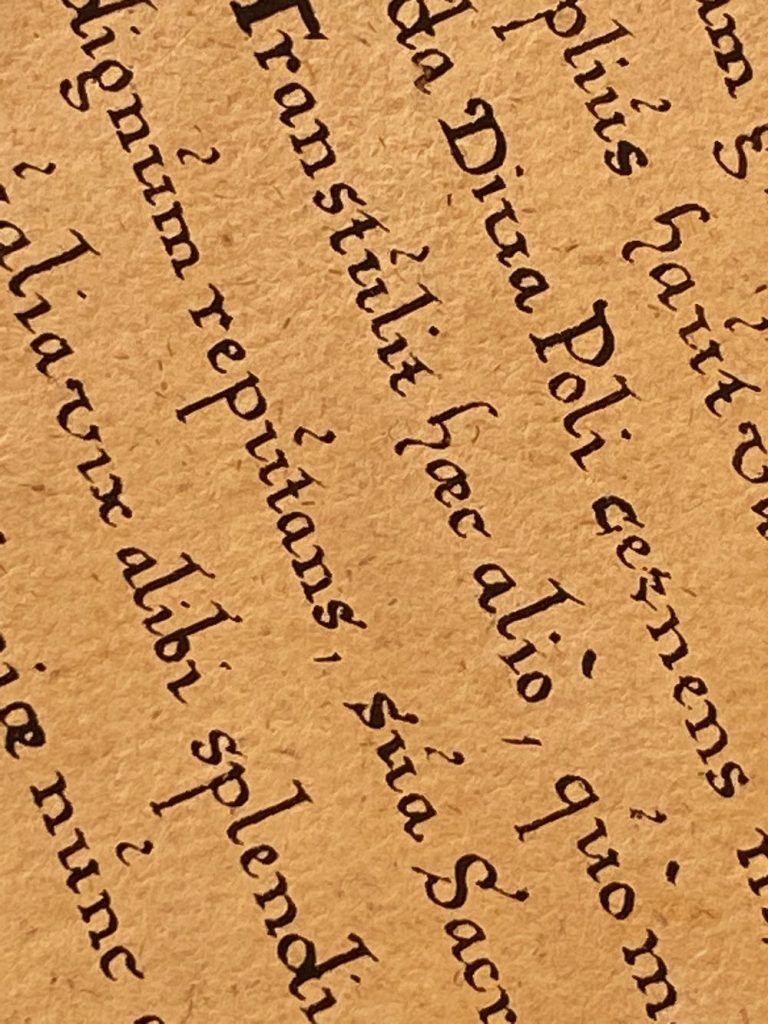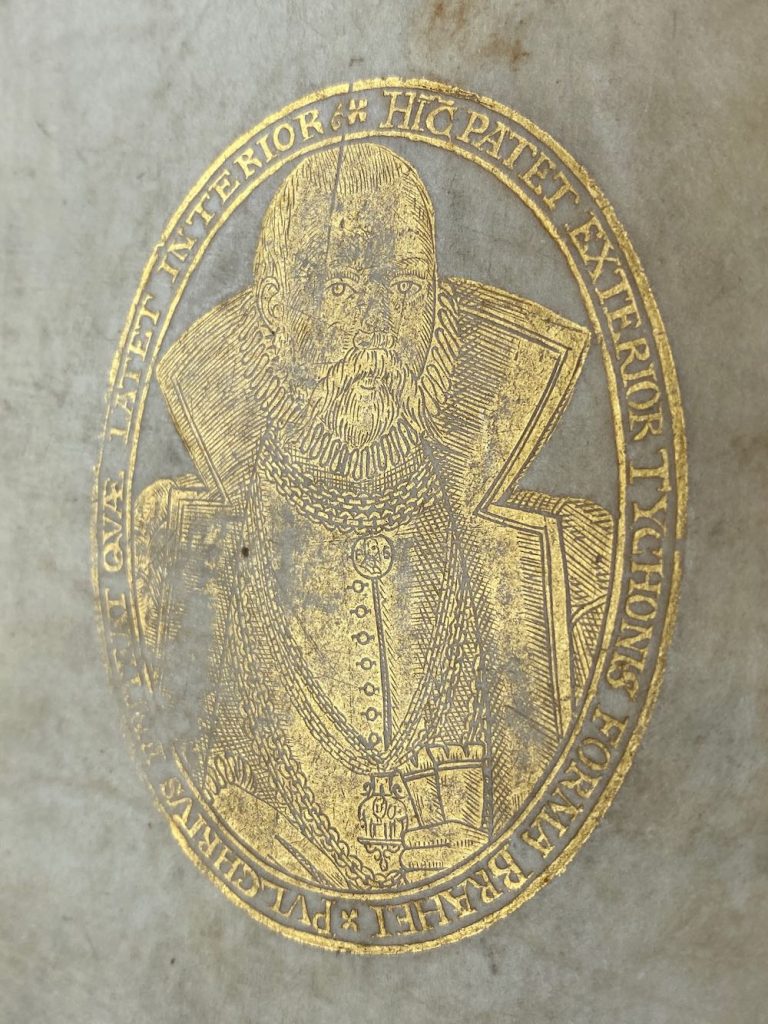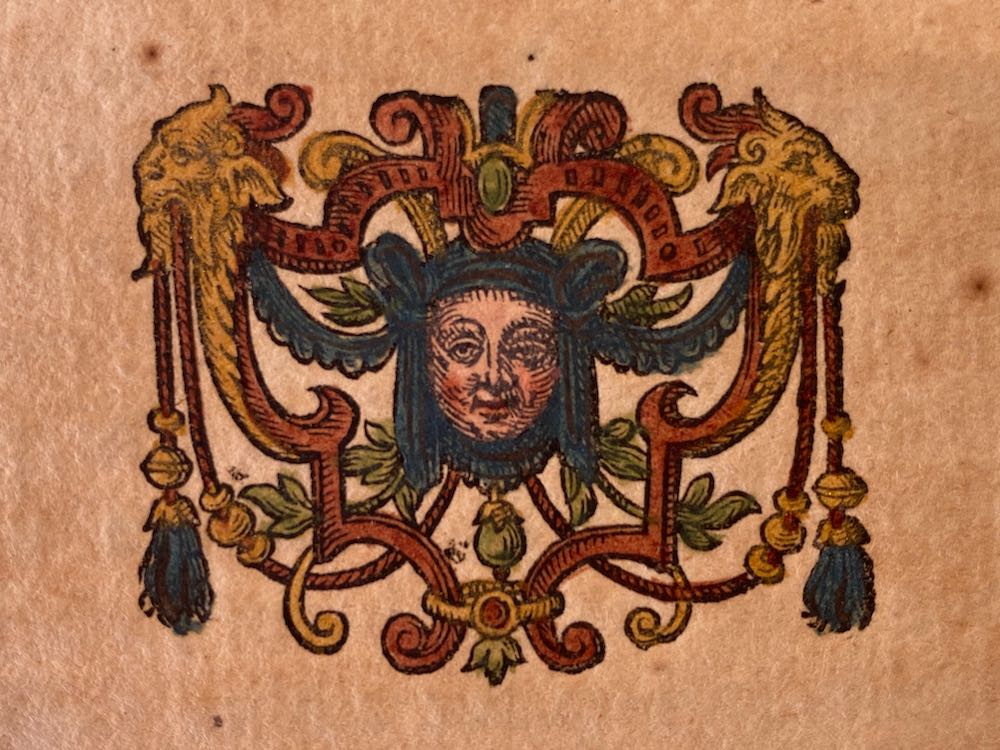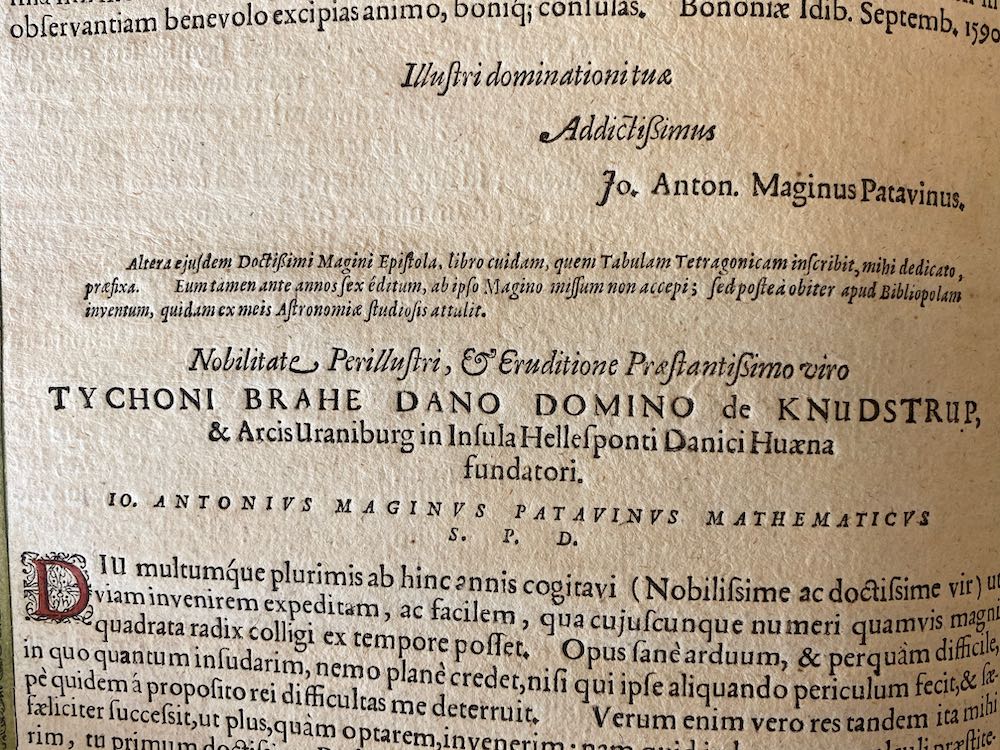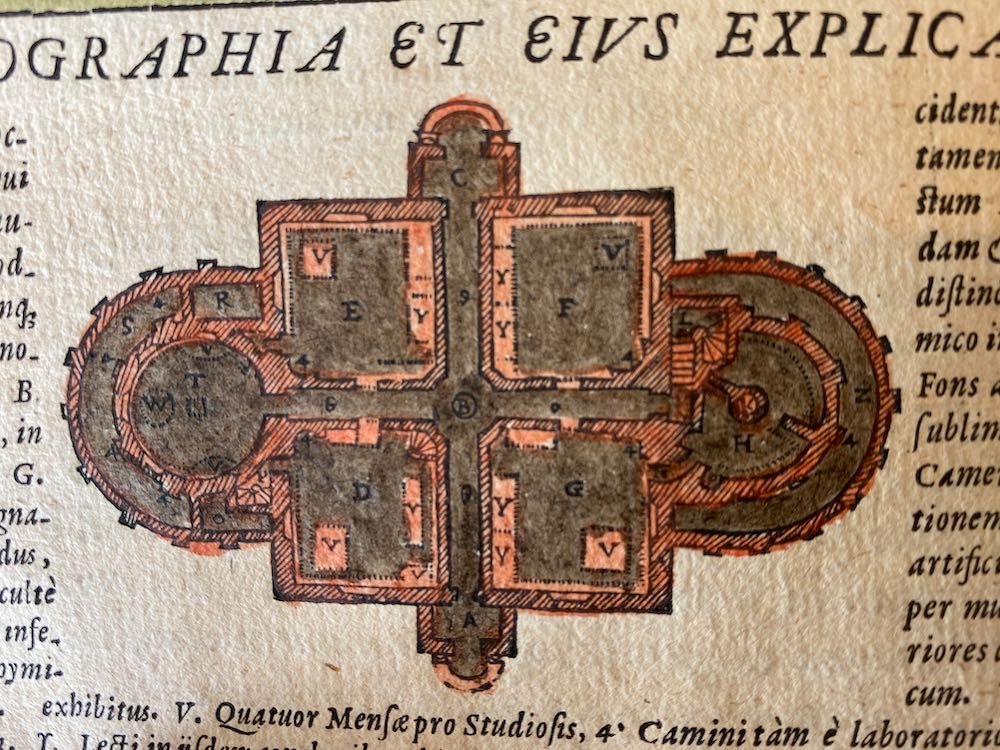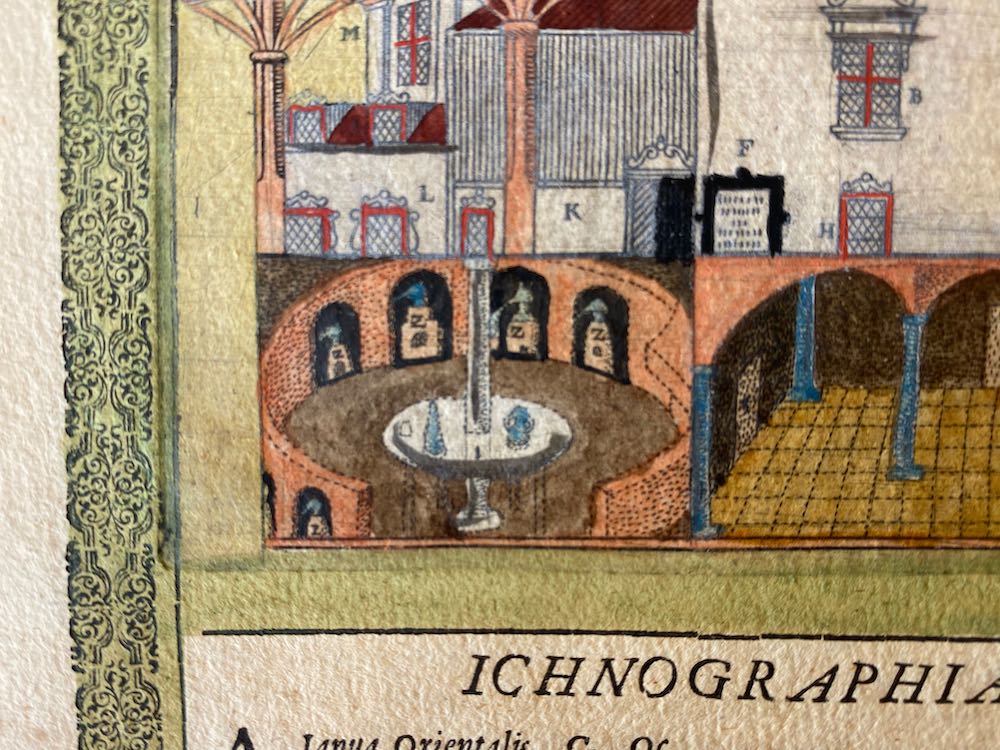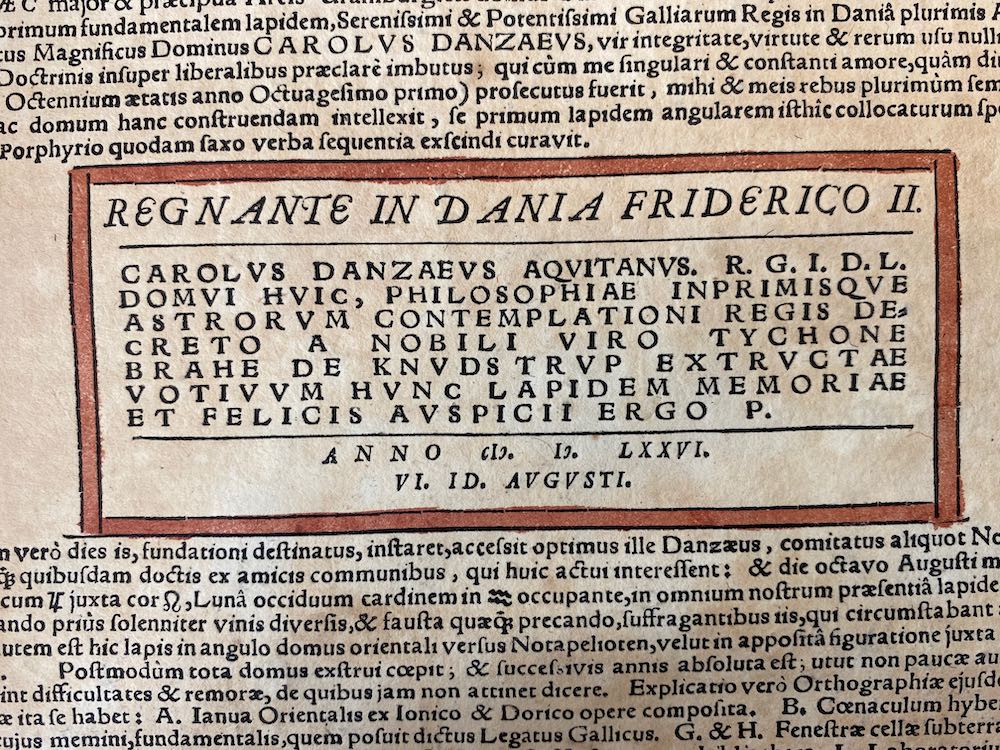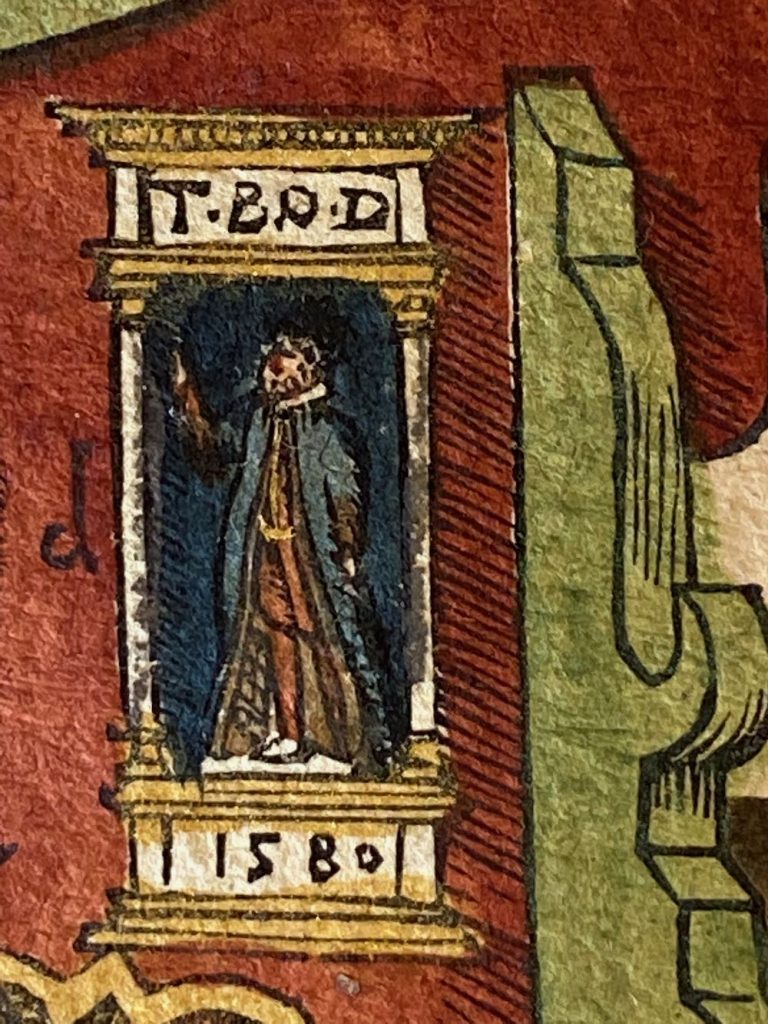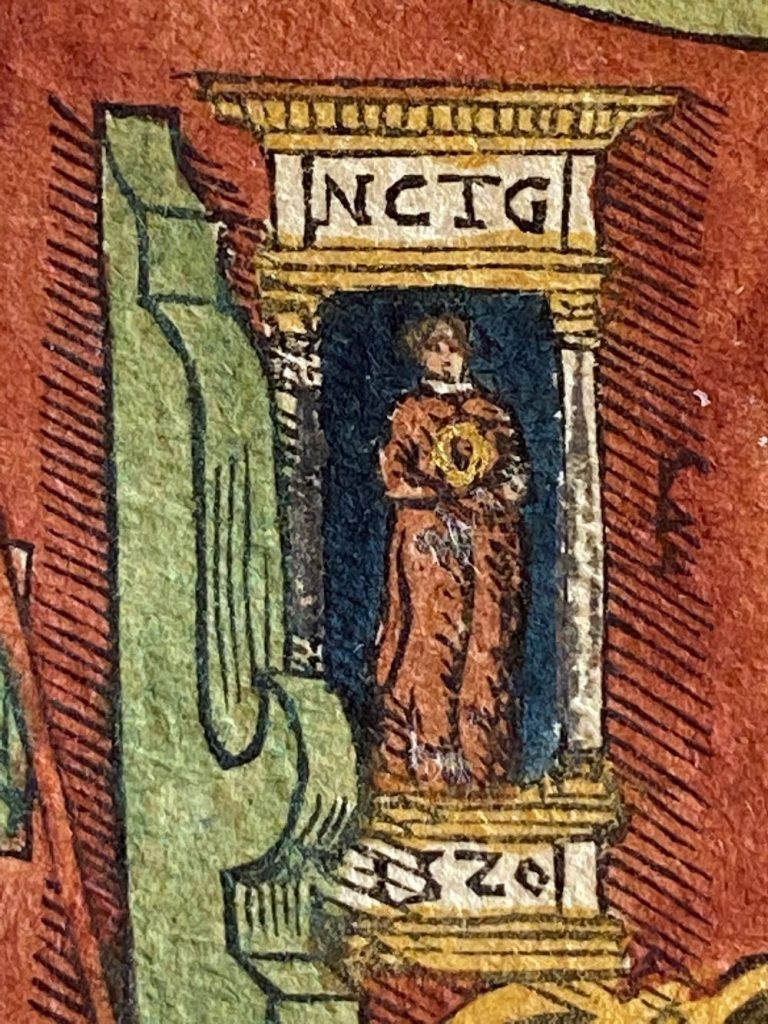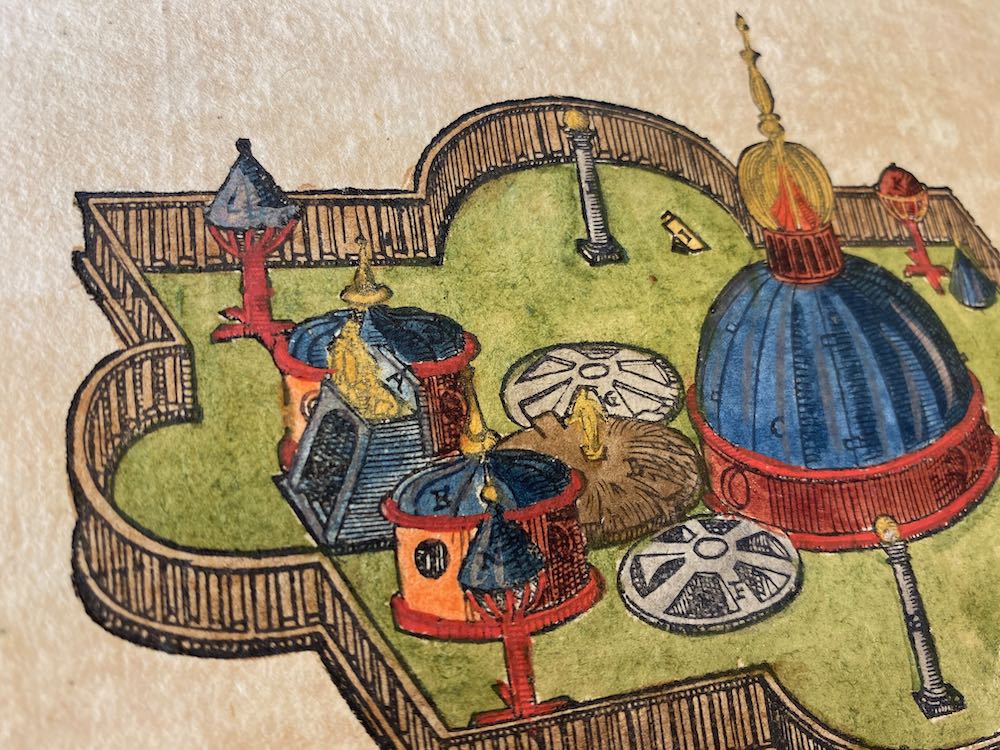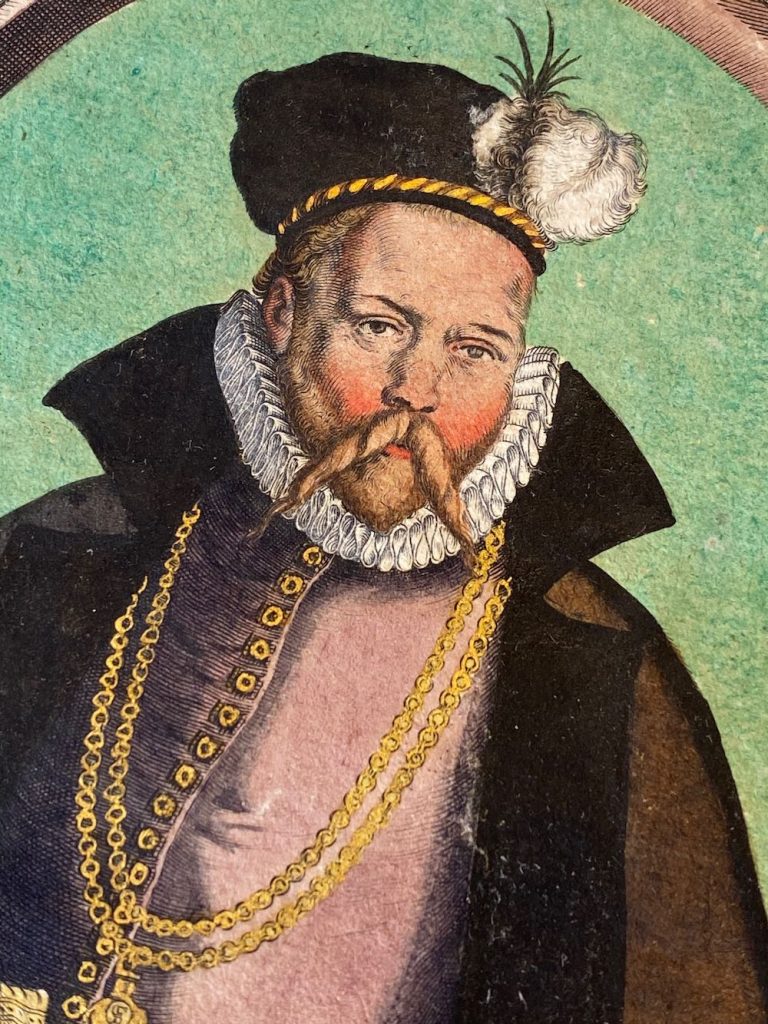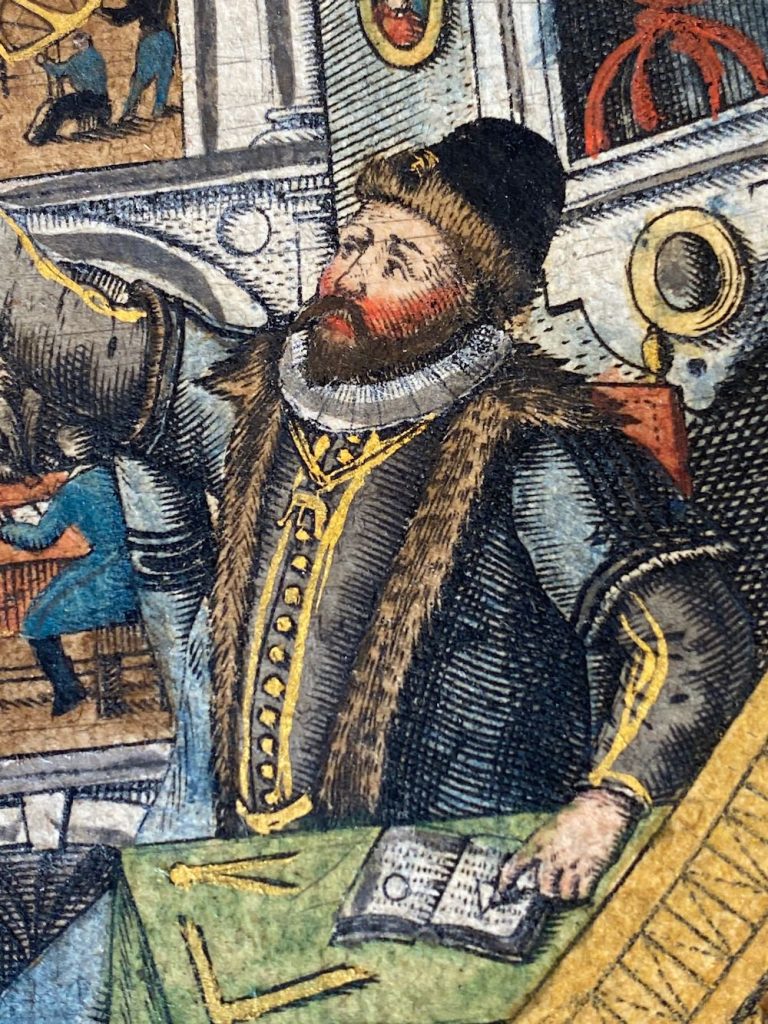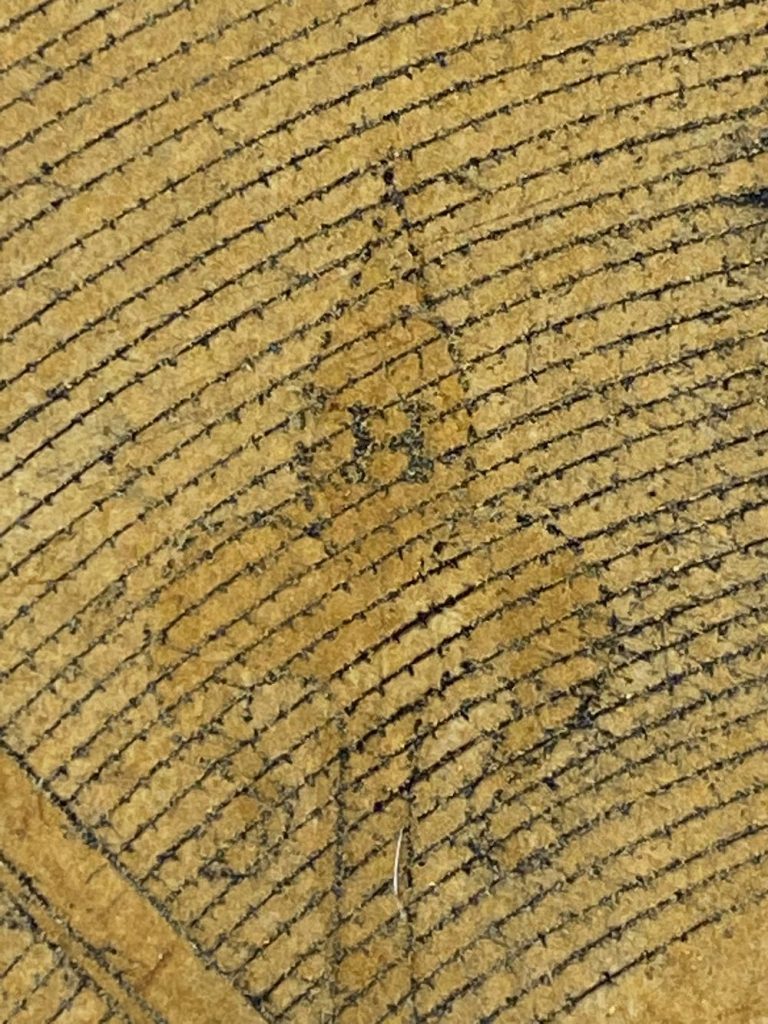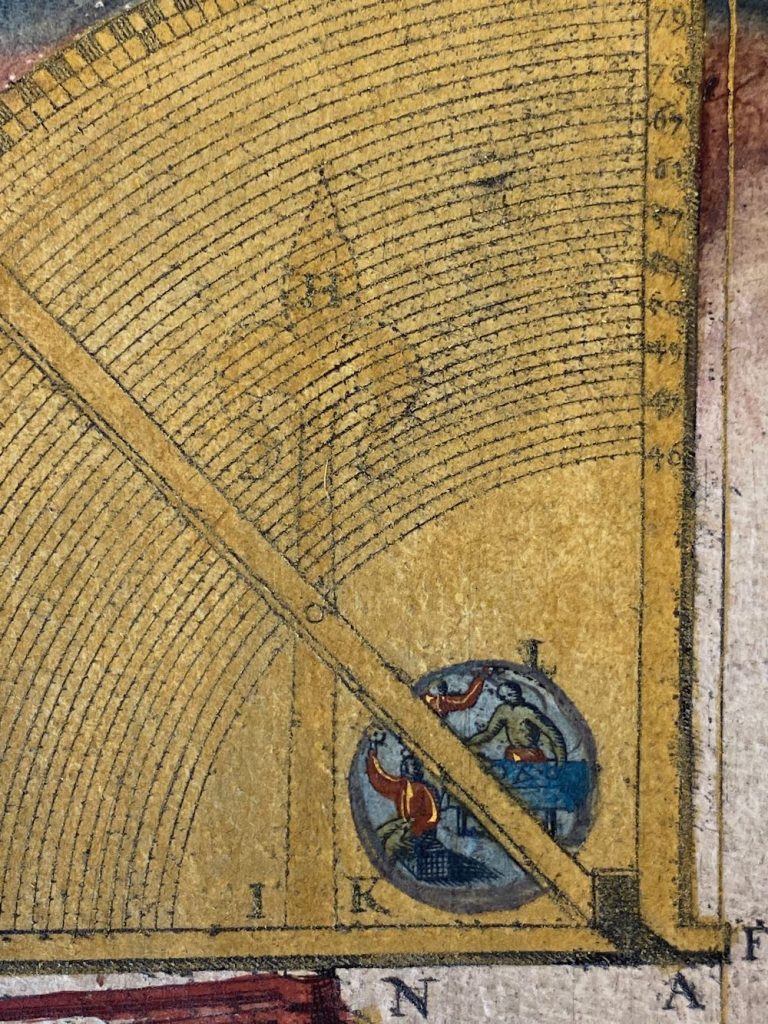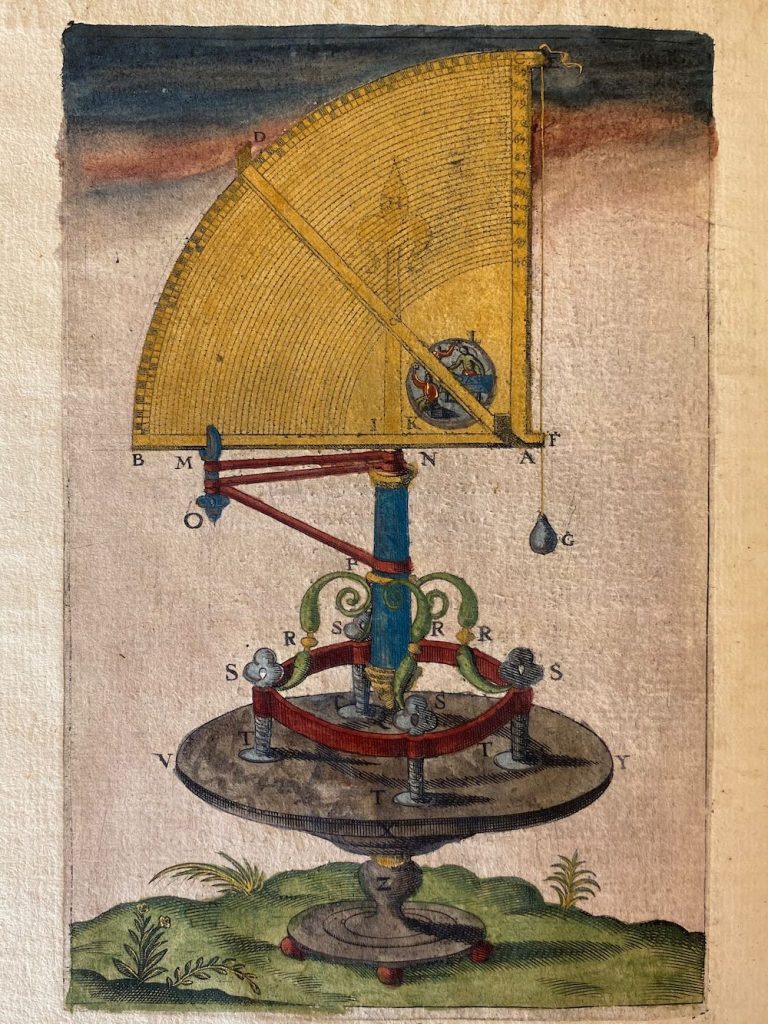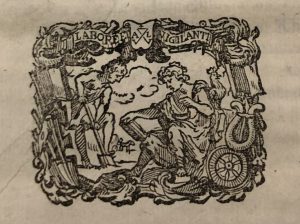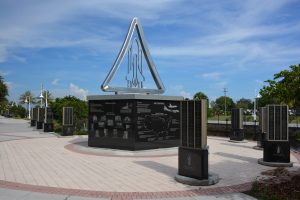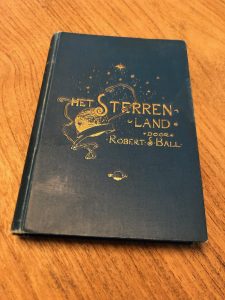WAT EEN JUWEEL, wat een verrassing, wat een feest !!! Vrijdag 17 juli weer naar de Universiteitsbibliotheek in Leiden geweest. Doel was enkele Sidereus Nuncius versies vergelijken, maar om dat je meerdere boeken mag bestellen, ook deze alvast (Kepler / Brahe was vooral voor een volgende keer). Het leek een raar groot plat boek met die lintjes maar oh-mijn-god wat een prachtig boekwerkje is dit.
Het zit vol met instrumenten die Tycho Brahe gebruikte toen hij de sterren bekeek. Let op, dik 10 jaar voor de telescoop werd uitgevonden, dus het zijn instrumenten die die piepkleine ‘lampjes’ in kaart bracht.
Op 9 oktober heb ik dit boek nogmaals opgevraagd en nog enkele nieuwe dingen gezien en vastgelegd. Inmiddels toegevoegd aan deze pagina.
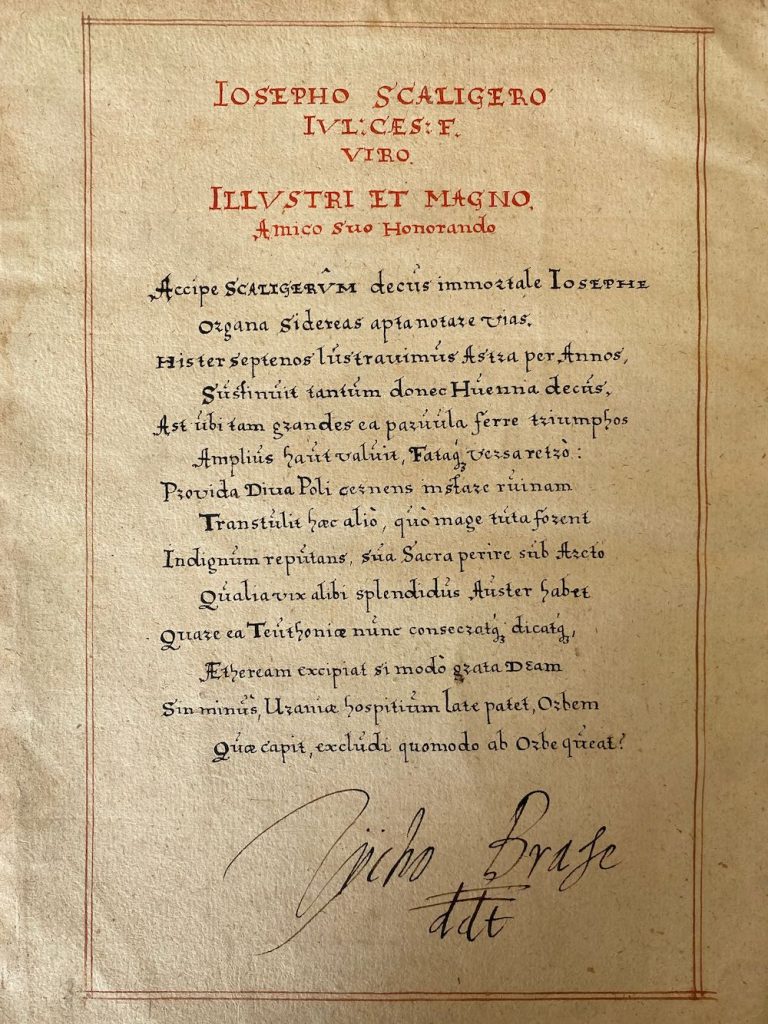
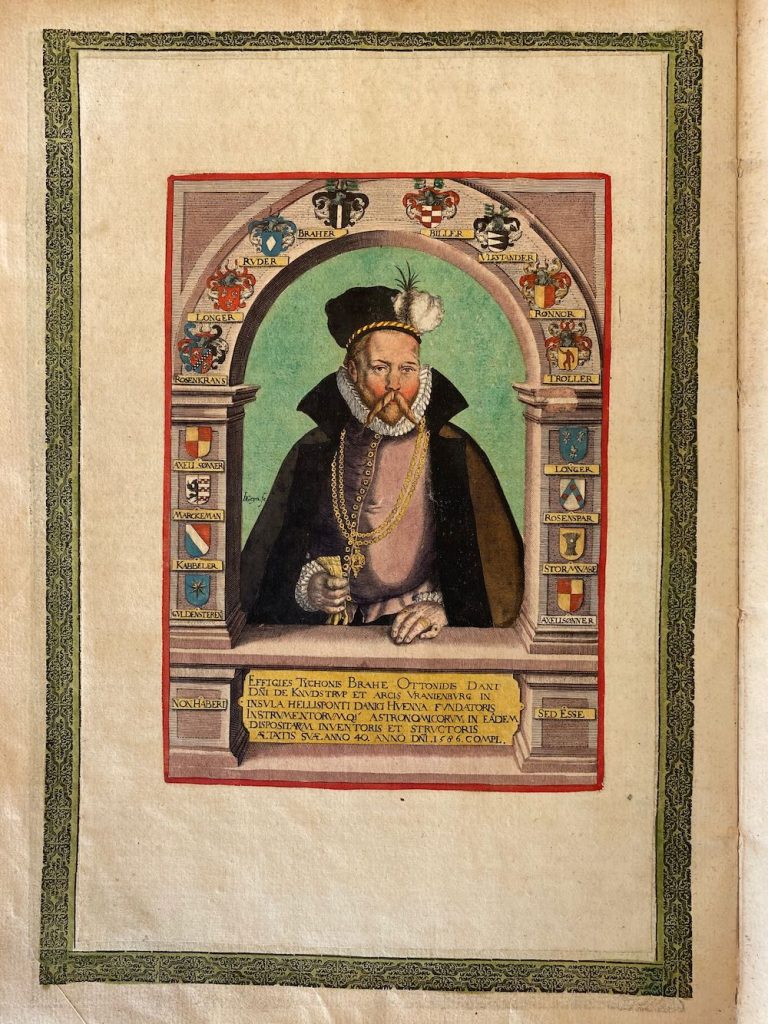
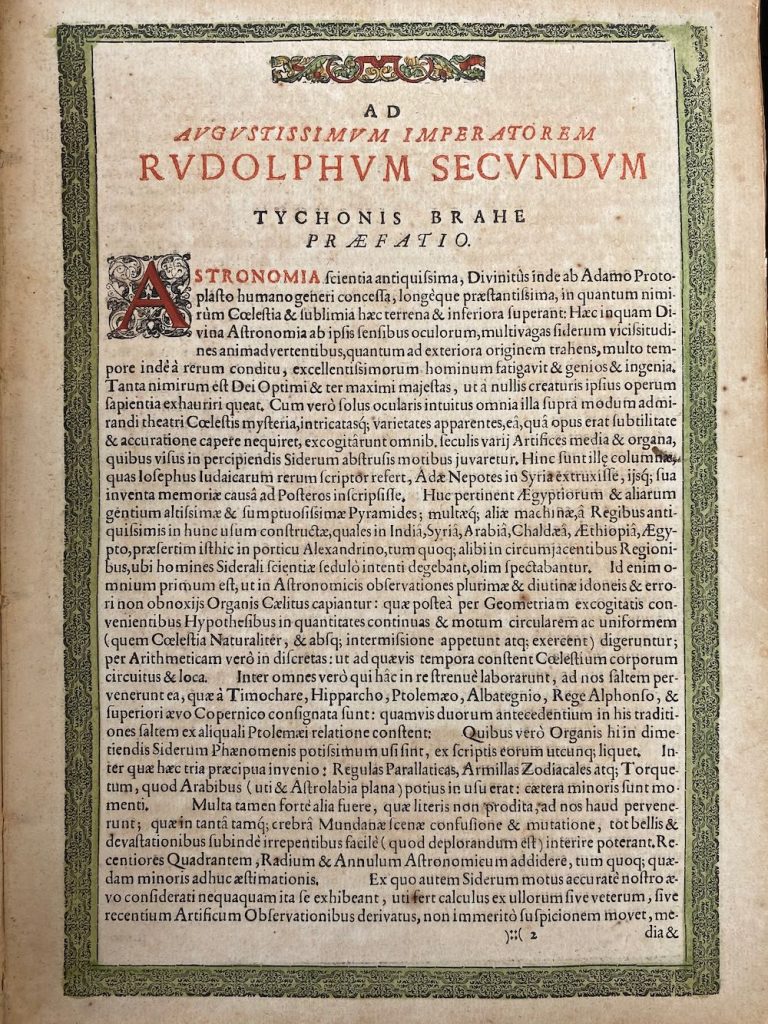
Ik dacht met mijn boekje ‘Astronomische Oefening‘ een prachtig hand ingekleurd exemplaar te hebben (en dat is het ook), maar dit boek is vele malen luxer, rijer geïllustreerd en ook nog eens 75 jaar ouder. Hieronder alle instrumenten van Tycho Brahe:
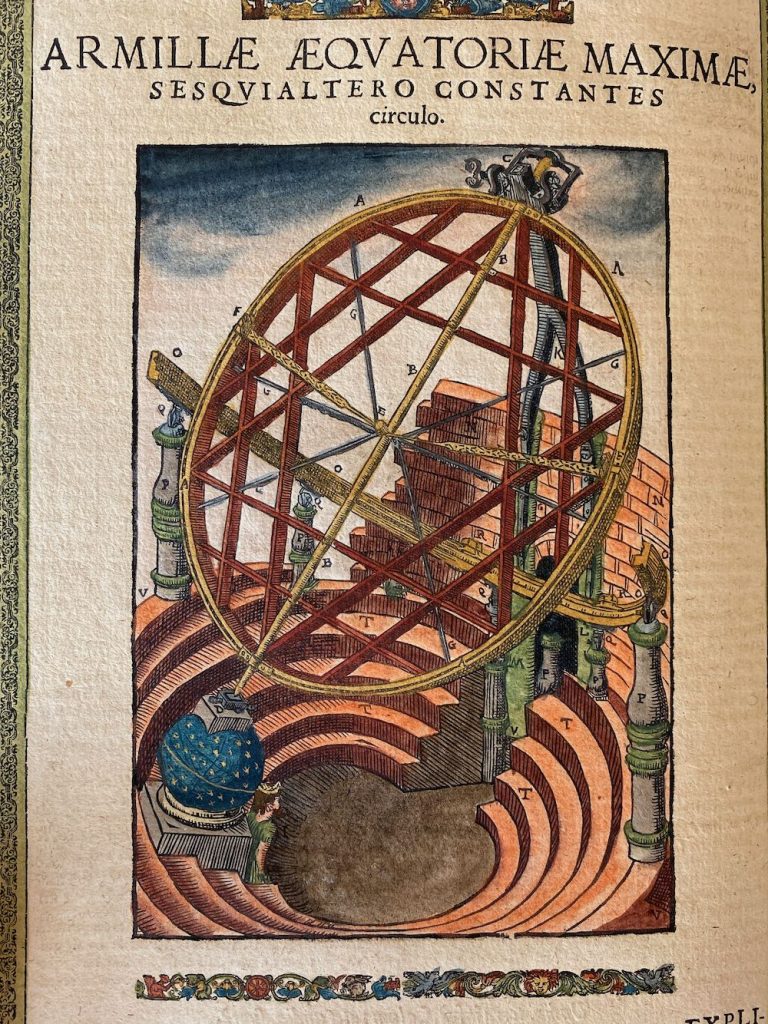
Geen enkel boek dat ik beschreef kreeg zoveel foto’s mee, maar dit boek verdient het (misschien komt het omdat ik zo aangenaam verrast was), prachtige details door het hele boek:
Vergeet niet dat dit boek dik 400 jaar oud is: wat een werk moet dat in die tijd geweest zijn. Ook dit boek is terug te vinden in het overzicht van alle boeken die ik in heb kunnen zien bij Universiteitsbibliotheek Leiden.
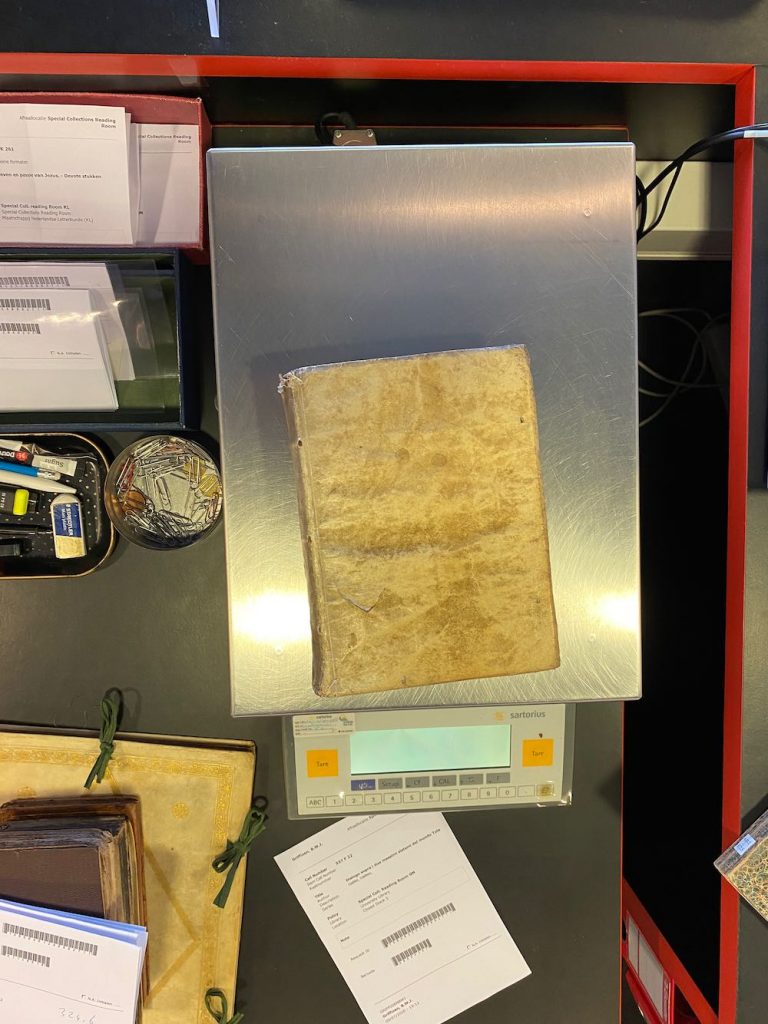
Een mooie beschrijving van dit boek in het engels
The instruments of Tycho Brahe represented a major breakthrough in astronomical science, because they enabled far more accurate readings than had previously been possible. These instruments aided observation of the stars and planets and the measurement of distances and ascensions. Tycho Brahe himself described his The instruments of Tycho Brahe represented a major breakthrough in astronomical science, because they enabled far more accurate readings than had previously been possible. These instruments aided observation of the stars and planets and the measurement of distances and ascensions. Tycho Brahe himself described his instruments in the book ‘Astronomiæ instauratæ mechanica’. It was on the basis of Tycho Brahe’s observations that Johannes Kepler determined the laws of planetary motion.
Tycho Brahe was born in 1546, and started his studies at the University of Copenhagen at the age of twelve. In 1560 Tycho Brahe probably witnessed a partial solar eclipse, and from that time he began his studies of astronomy. He discovered large discrepancies between his own observations of the positions of the planets and the positions noted by astronomers before him. Between 1566 and 1570 he travelled and studied astronomy in Rostock, Wittenberg, Basel and Augsburg. During this period he constructed his first instruments (in 1564 a radius of wood and in 1569 the Great Quadrant at Augsburg). On November 11th, 1572 Tycho discovered a new bright star in Cassiopeia. Tycho published his observations on the star in a book, ‘De Nova Stella’. This was what is known as a supernova today.
King Frederick II offered Tycho Brahe generous financial support (more than 1% of Denmark’s income) and the island of Hven as a fiefdom. In August 1576 he began building a combined manor and observatory at Uranienborg on Hven. When Frederick II died in 1596, Tycho Brahe lost most of his financial privileges. However he retained Hven as a fiefdom, despite criticism of his treatment of the peasants. In the spring of 1597, Tycho Brahe left Hven and half a year later took up residence at Wandesburg Castle at the invitation of Henrik Rantzau. There he printed a small edition of ‘Astronomiæ instauratæ mechanica’, which contains illustrations and descriptions of the most important of the instruments he had developed, as well as a brief survey of his theoretical results. Along with his catalogue of over 1,000 stars, the book was sent to a wide range of colleagues and princes. The leading astronomer in Europe was searching for a new employer.
In 1598, Tycho Brahe accepted a proposal from Emperor Rudolf II that he come to Prague, where he was to work with Johannes Kepler. Tycho Brahe died in 1601 and is buried in Prague. The Royal Library presents a digital facsimile of the ‘Astronomiæ instauratæ mechanica’ at its website:The astronomical instruments of Tycho Brahe, which includes translations into English and Danish of the descriptions of the instruments.
LINKS
• Tycho Brahe werkte met Johannes Kepler in Praag. Bekijk hier meer informatie over mijn bezoek aan hun werkplek; het Clementinum in Praag.
• Wikipedia over Brahe: ENG – NED
Bekijk de andere boeken die ik in mocht zien bij de Universiteits Bibliotheek Leiden. Ze hebben een prachtige collectie die je als lid mag inzien op de afdeling Special Collections.

